Hangzhou Global Tour: Day 28
Today we toured the State Capital (aka State House), located here in Boston, which happens to be one of the most significant and historic buildings in the U.S. Built in 1798 by none other than Paul Revere, the State House is located across from Boston Common at the top of Beacon Hill. The land was once owned by Massachusetts’s first elected governor, John Hancock (a Founding Father). As a matter of fact, the building is full of sculptures and paintings from several of the Nation’s Founding Fathers. As someone who is fascinated by history, I was enthralled with the tour of this remarkable building and all of the artifacts contained within.
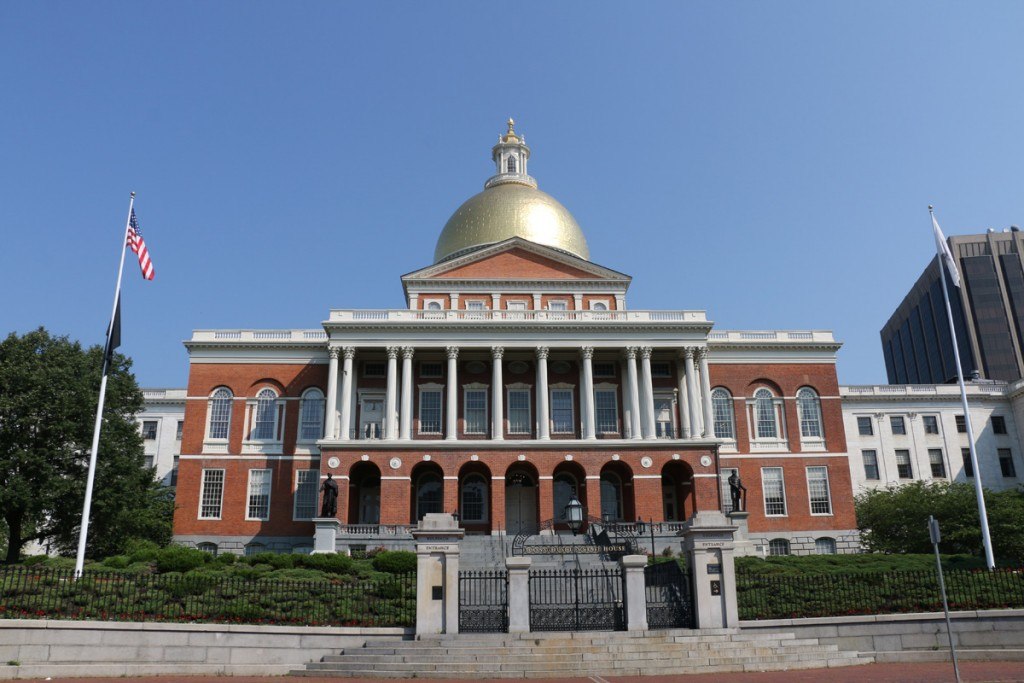 The iconic dome of the State House was originally made of wood shingles, however it is now sheathed in copper and covered by 23 karat gold, which was added to help prevent leaks. Reminiscent of European influences, the building really stands out as a landmark.
The iconic dome of the State House was originally made of wood shingles, however it is now sheathed in copper and covered by 23 karat gold, which was added to help prevent leaks. Reminiscent of European influences, the building really stands out as a landmark.
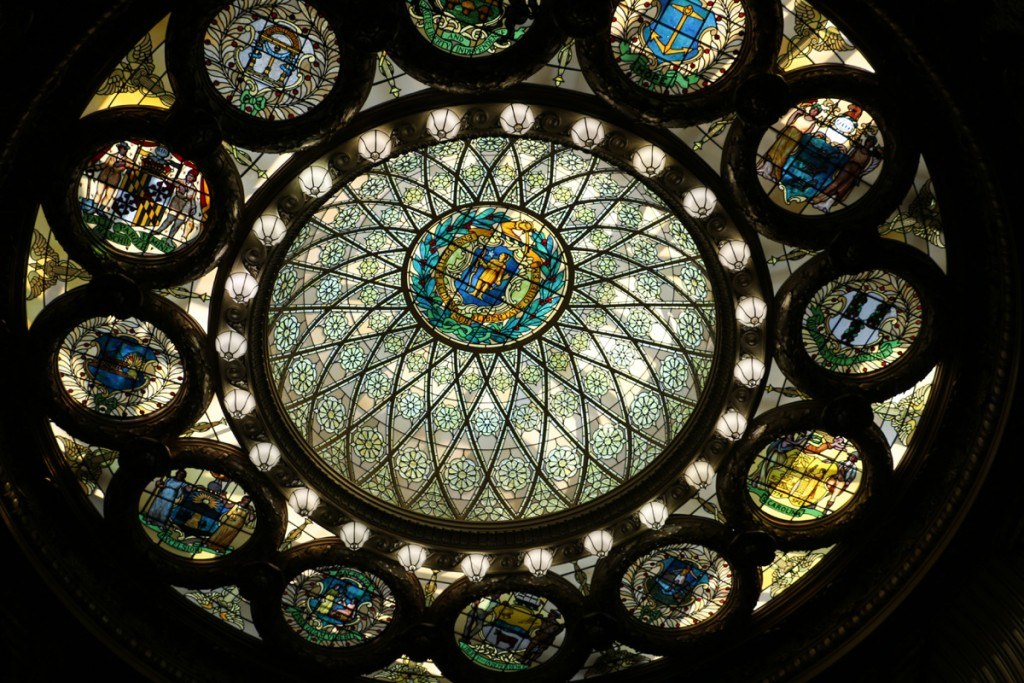
There are a number of noteworthy paintings within the State House…take for example the one of Abraham Lincoln, which depicts him standing. The reason this particular painting is so significant, is that it is one of only four known to exist in which the 16th President is standing. This portrayal is rare because Mr. Lincoln was very self-conscience about his height…he was 6’ 4”, in a time when the average man was only 5’ 7”. (unfortunately I did not take a photo)
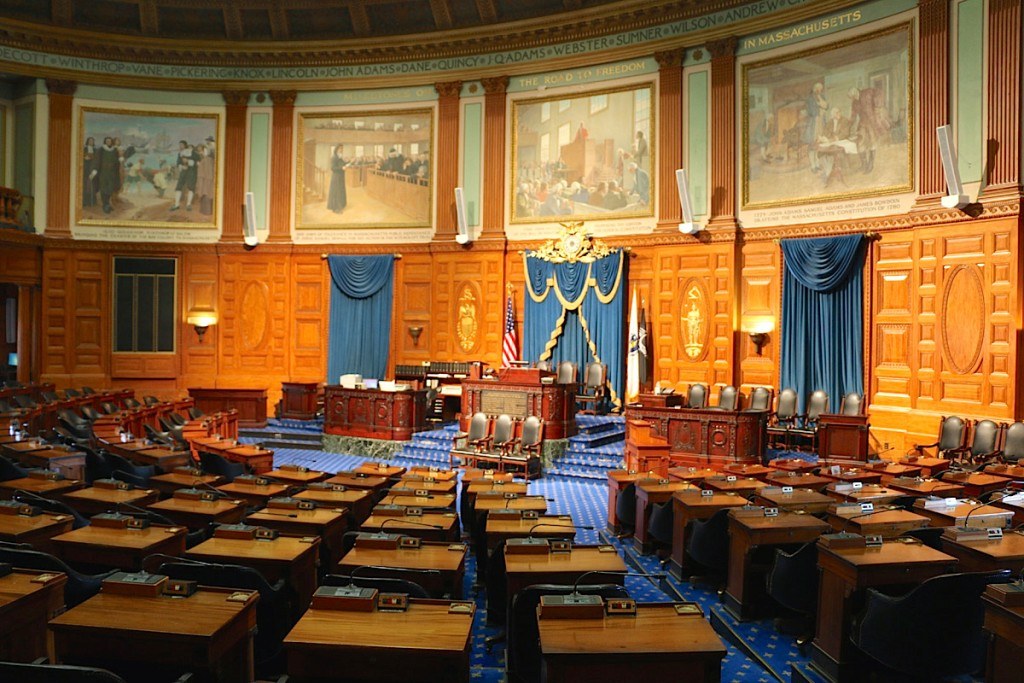
Education is one of Boston’s greatest exports and the city is home to some of the nation’s greatest learning institutions…from Harvard, BU to MIT and many others. Boston has educated many famous men and woman over the centuries, many of whom took their world-class educations back to their home countries to assist in the elevation of their respective societies. While many famous people have been educated in Boston, the most infamous was probably Isoroku Yamamoto, who attended Harvard back in the 1920s. Who is this man, you ask? He was the commander-in-chief who led Japan to attack Pearl Harbor.

From the State House we followed a brick-lined trail through downtown known as the Freedom Trail. This historically marked trail leads visitors 2.5 miles through a living museum, illustrating sixteen historical sites… each of which is an American treasure. Along the way we learned about the brave people and Founding Fathers who shaped this great nation.
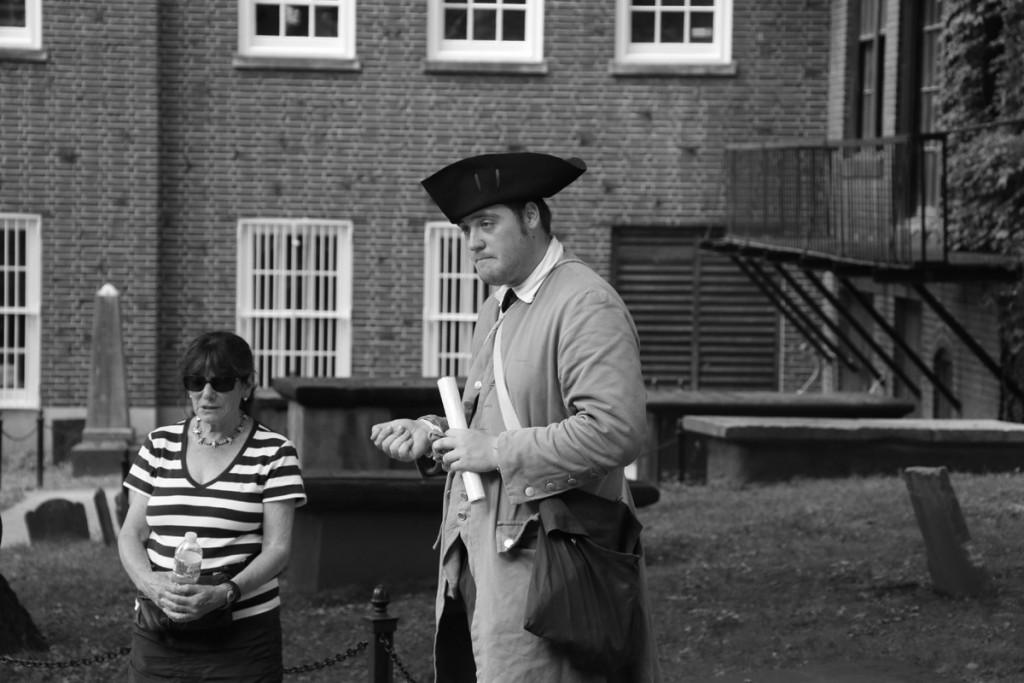

We ended our Freedom Trail tour at the famed Quincy Market where we had a bit of time to have lunch and explore on our own. I thought perhaps the market was named for John Quincy Adams (our 6th President), but learned it was named for Josiah Quincy—a U.S. Representative, then Mayor of Boston, then President of Harvard University (clearly an underachiever!) who organized its construction in 1824. For more than 250 years now, Quincy Market has been a popular destination for both locals and tourists alike. The Market combines the glories of the past and the vitality of the present, encompassing many shops, restaurants and food court vendors.
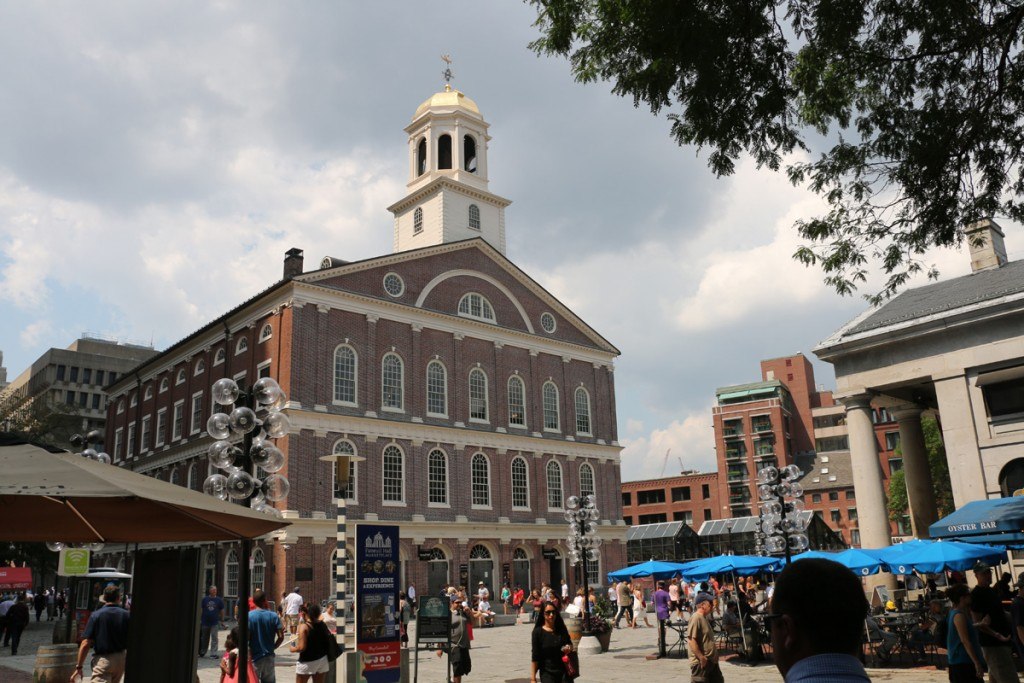
I was enthused by all the musical street performers; especially the mother and two-daughter trio playing classical string instruments with a modern twist. There was also a group of dance/comedy performers so talented that they must have had 200-300 people surrounding their act that lasted more than 20 minutes.
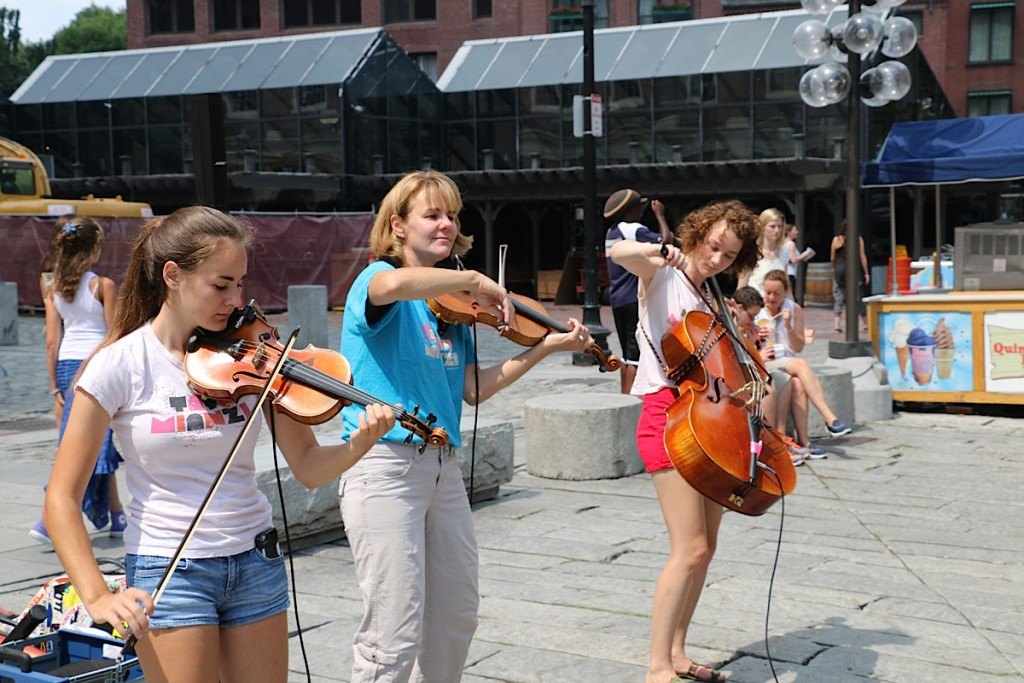
We had a bit of a drive to our next stop, so we boarded our tour bus and headed to New York City…which in four days, will mark the end of this epic journey. To read the previous update, click here. To read the next, click here.
Comments are closed.
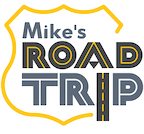


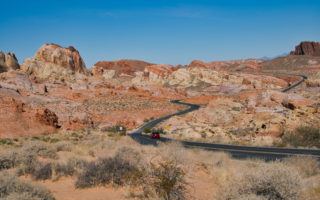
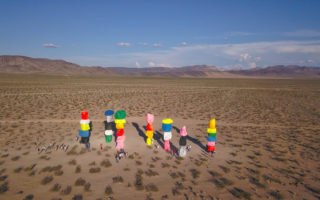
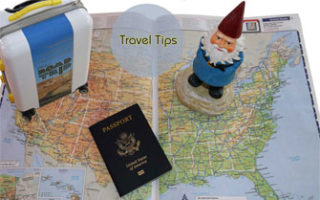

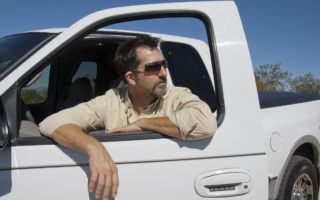
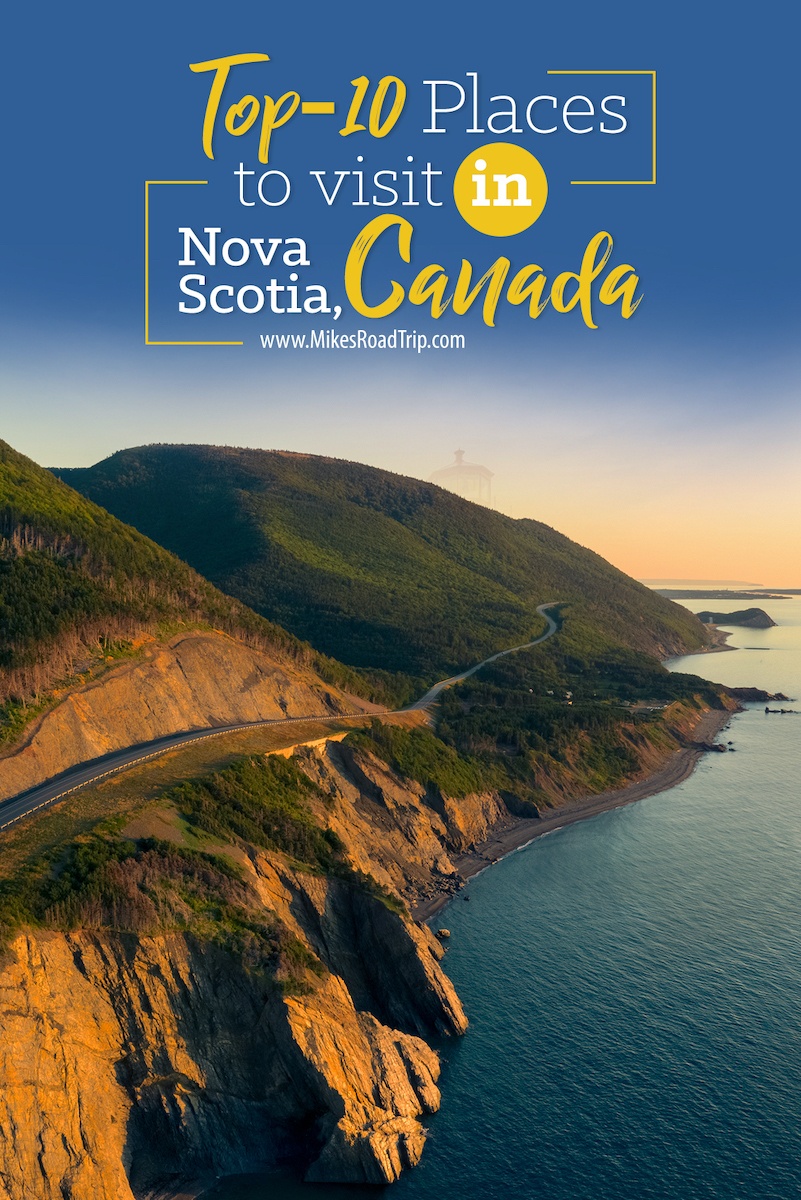
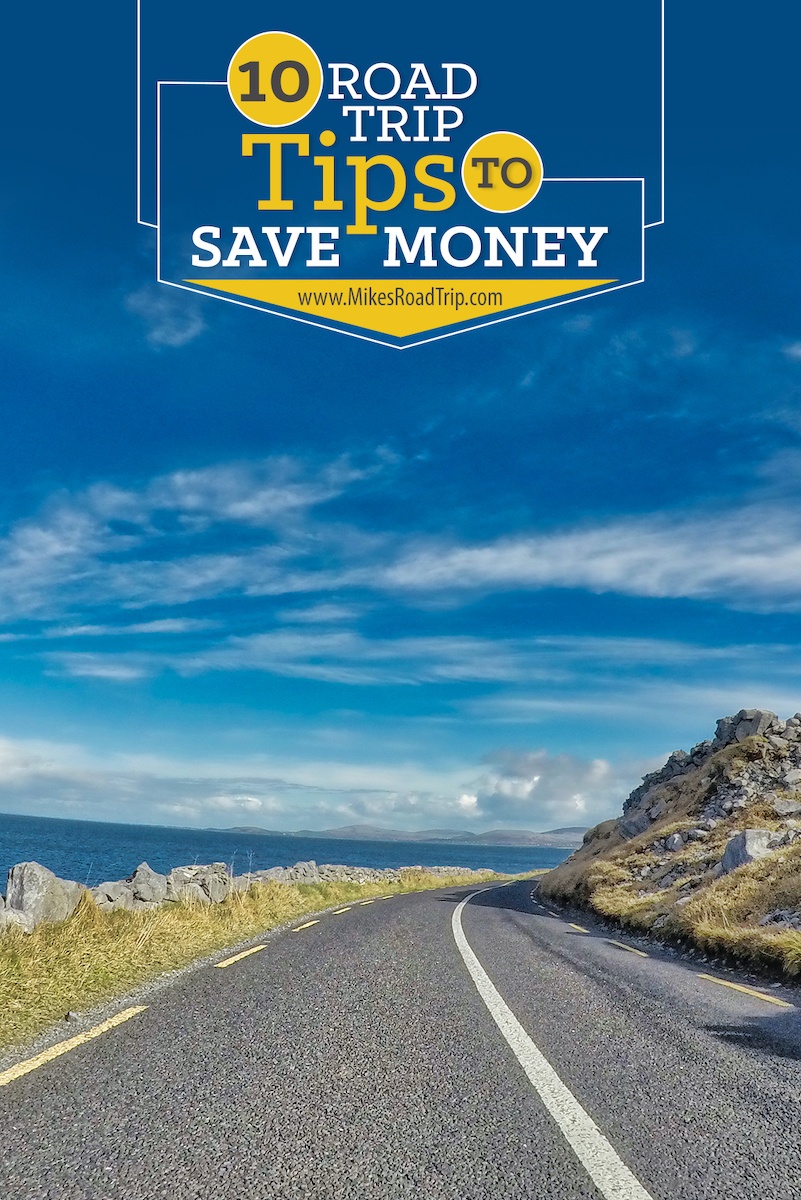
![Top-5 Best Places to visit in Belgium beyond Brussels [video included]](https://mikesroadtrip.com/wp-content/uploads/2020/07/Pin-6b.jpg)
![Top-10 Most Interesting Facts about Arizona [Video Included]](https://mikesroadtrip.com/wp-content/uploads/2020/07/Pin-2.jpg)
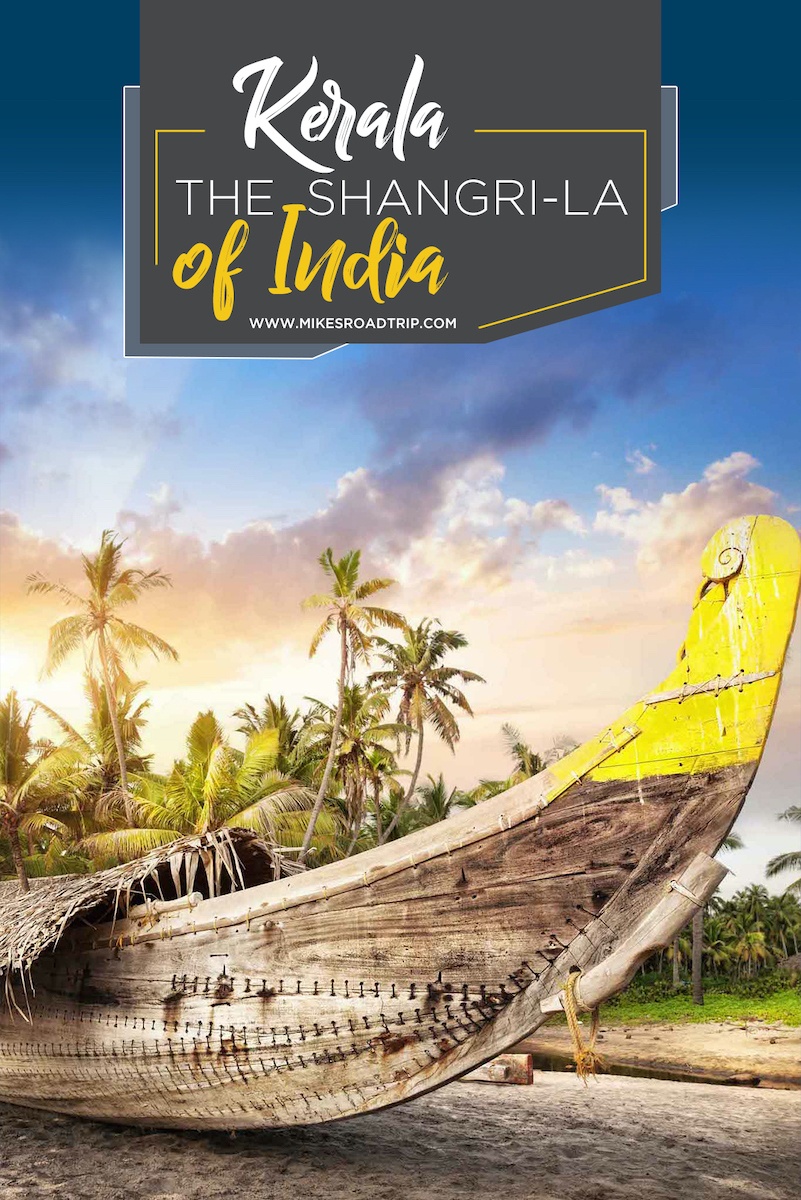
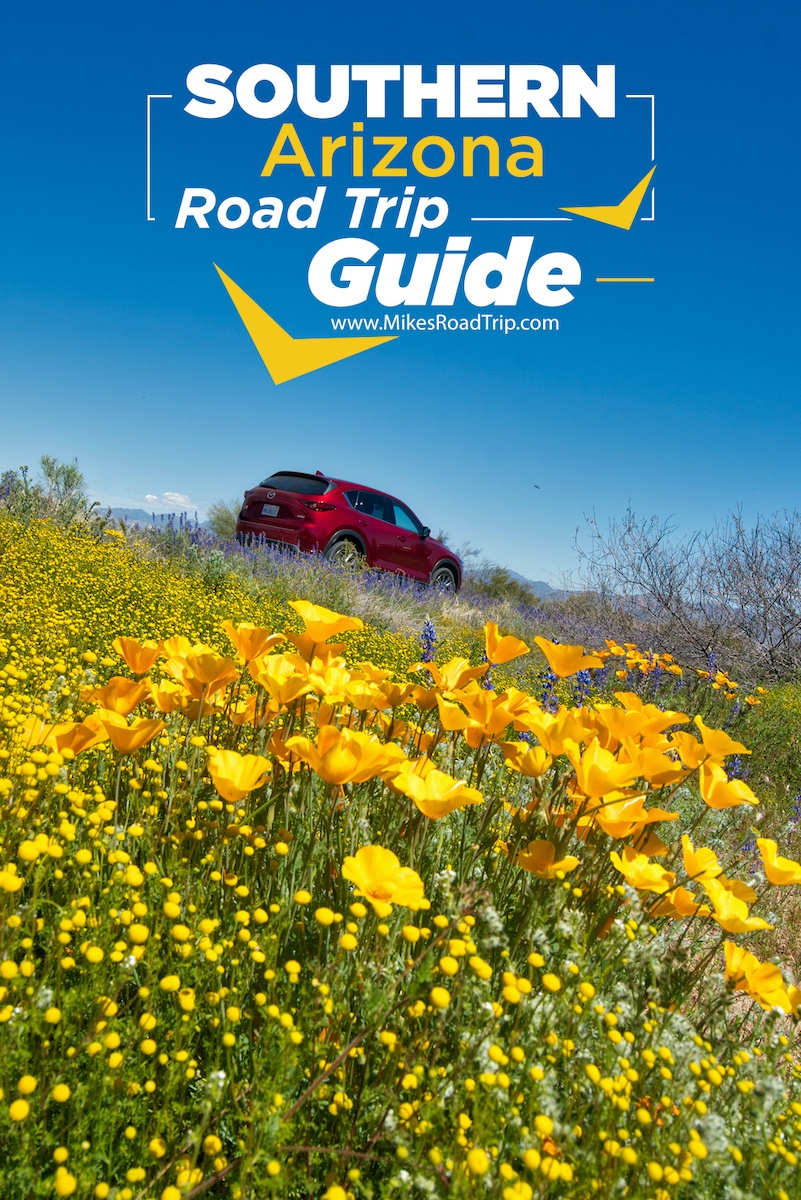
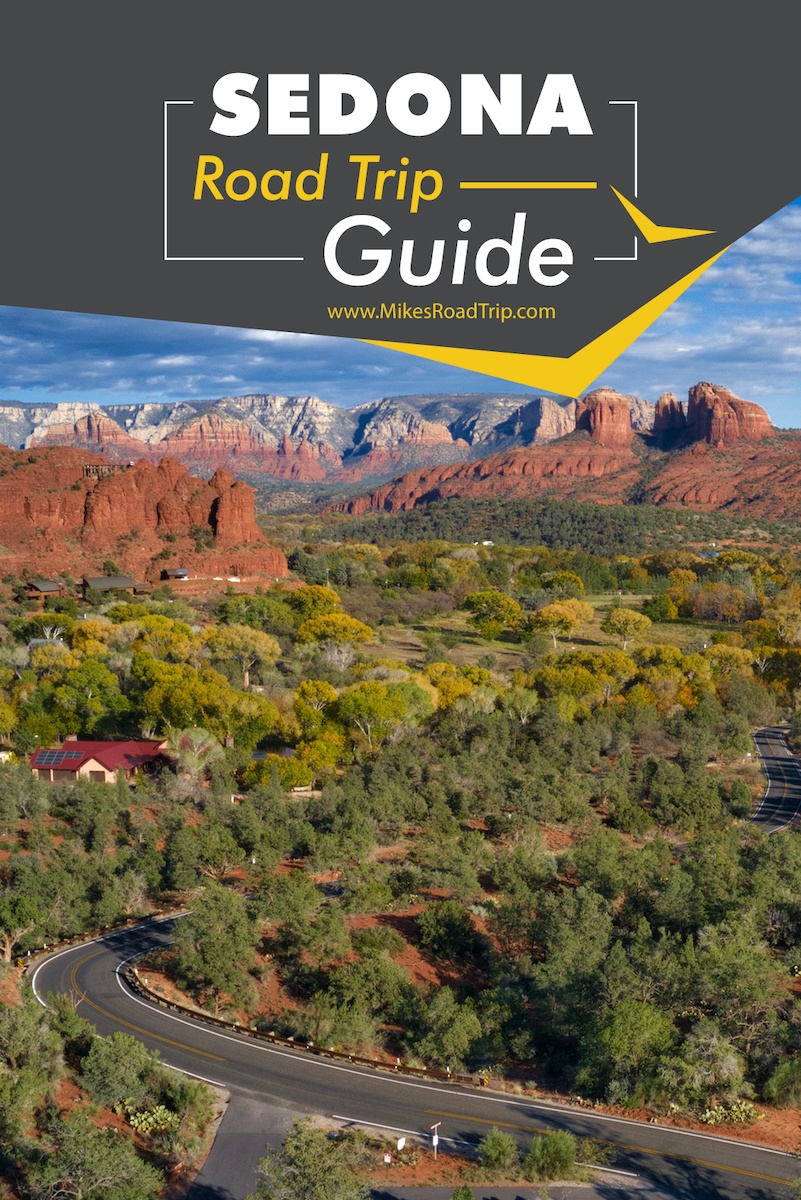
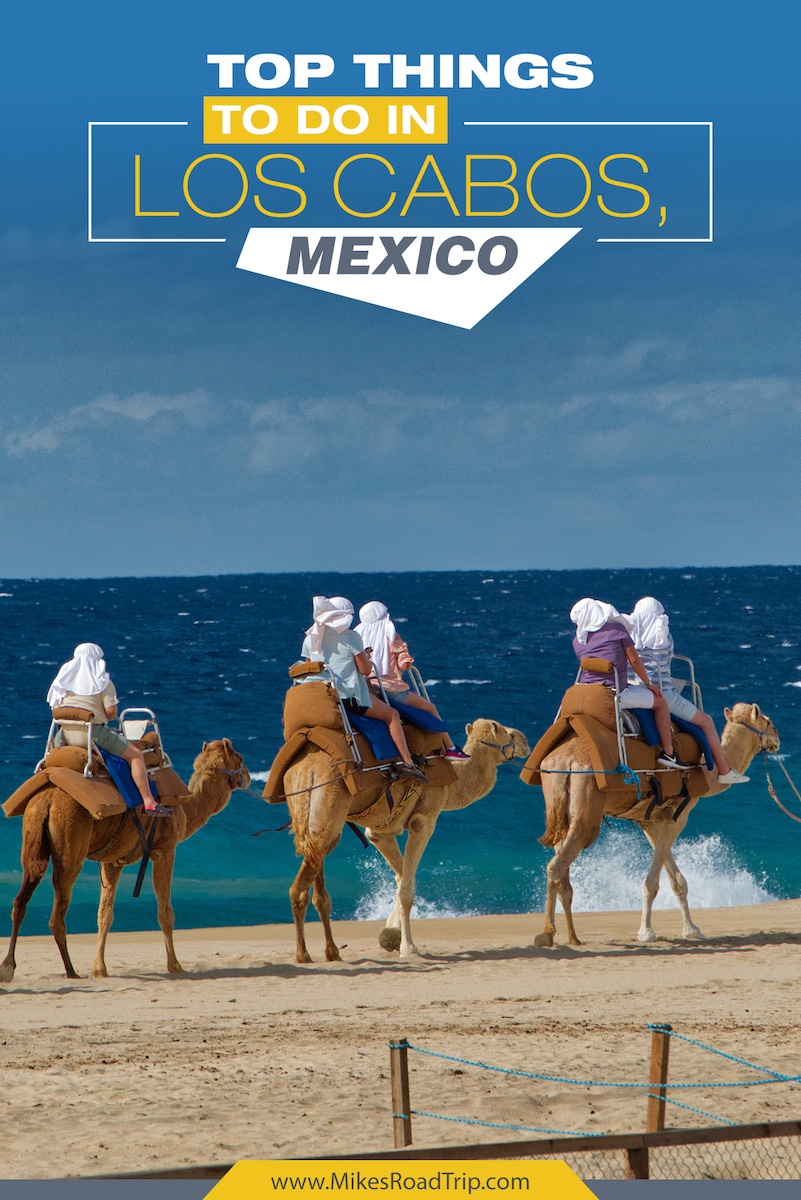
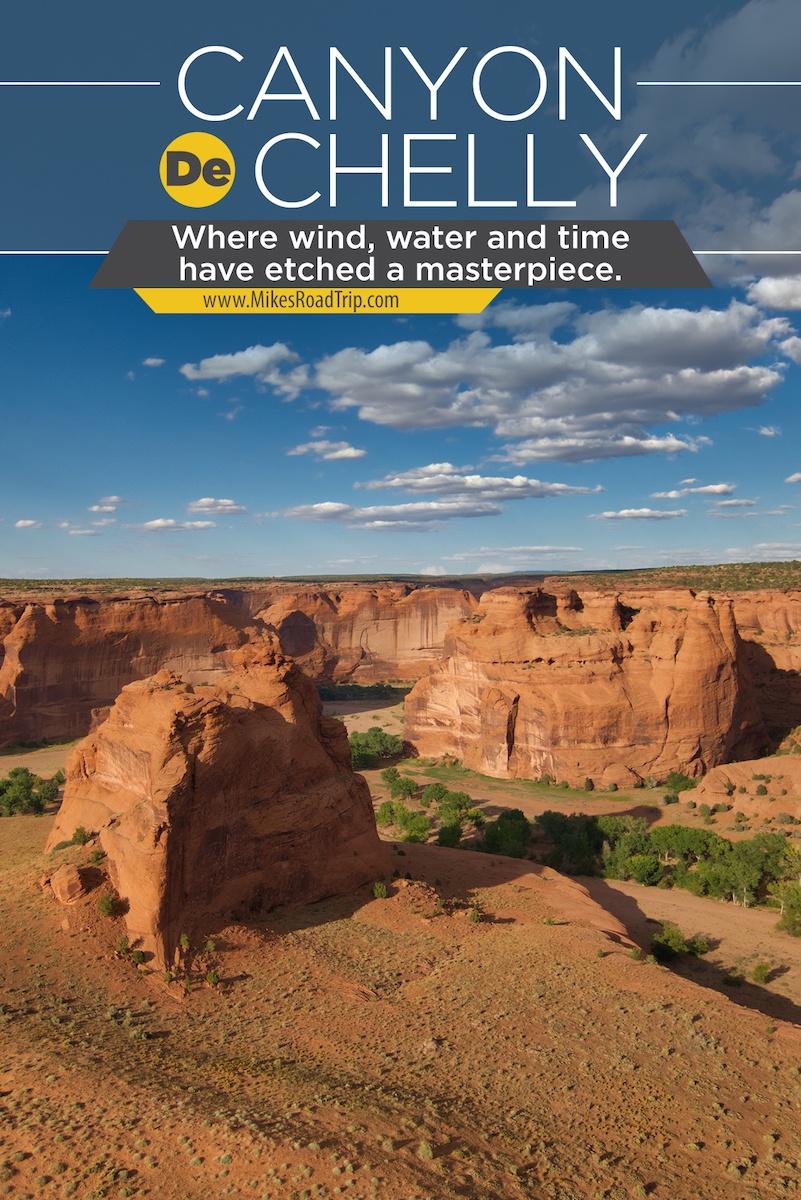
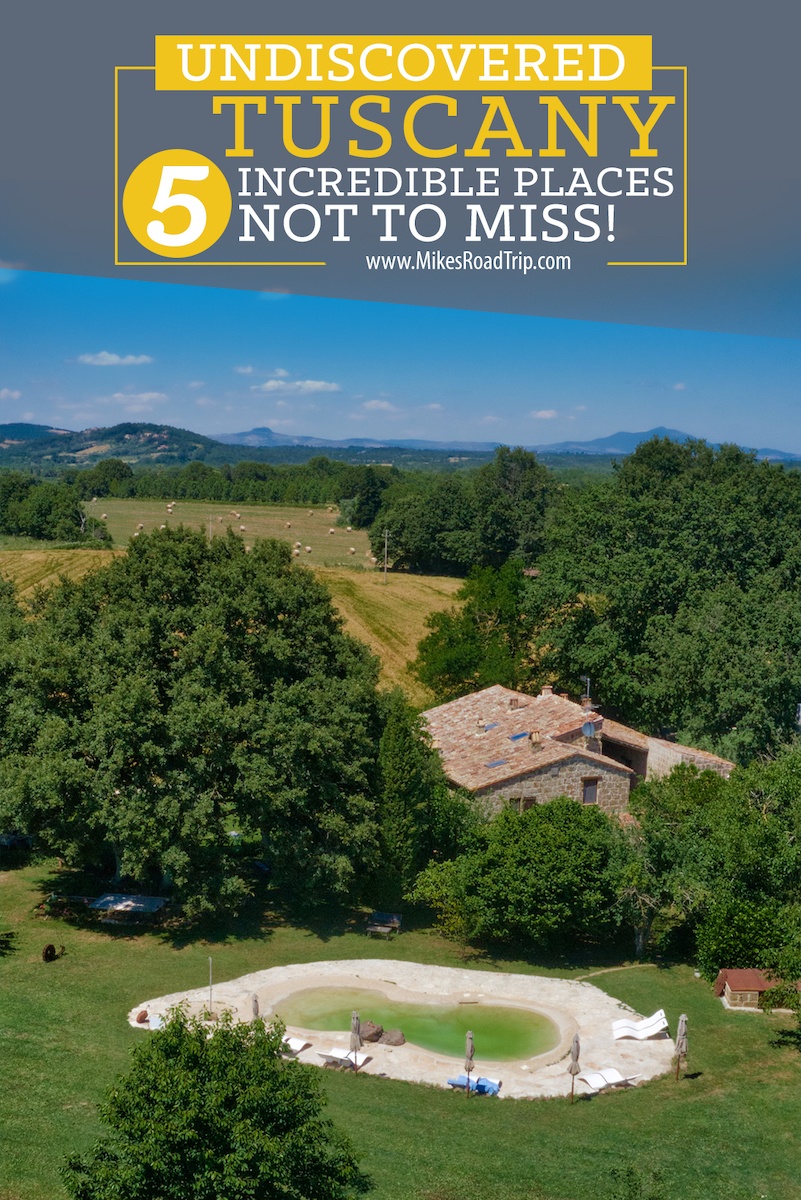
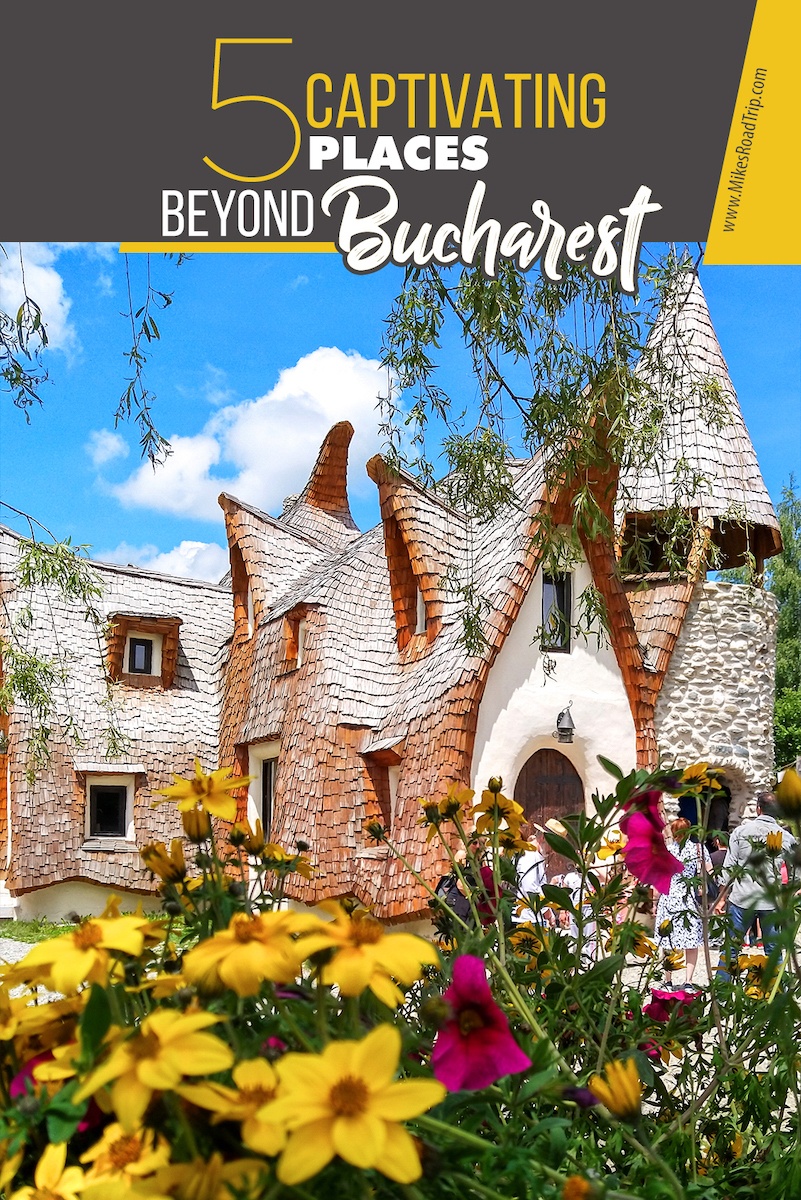
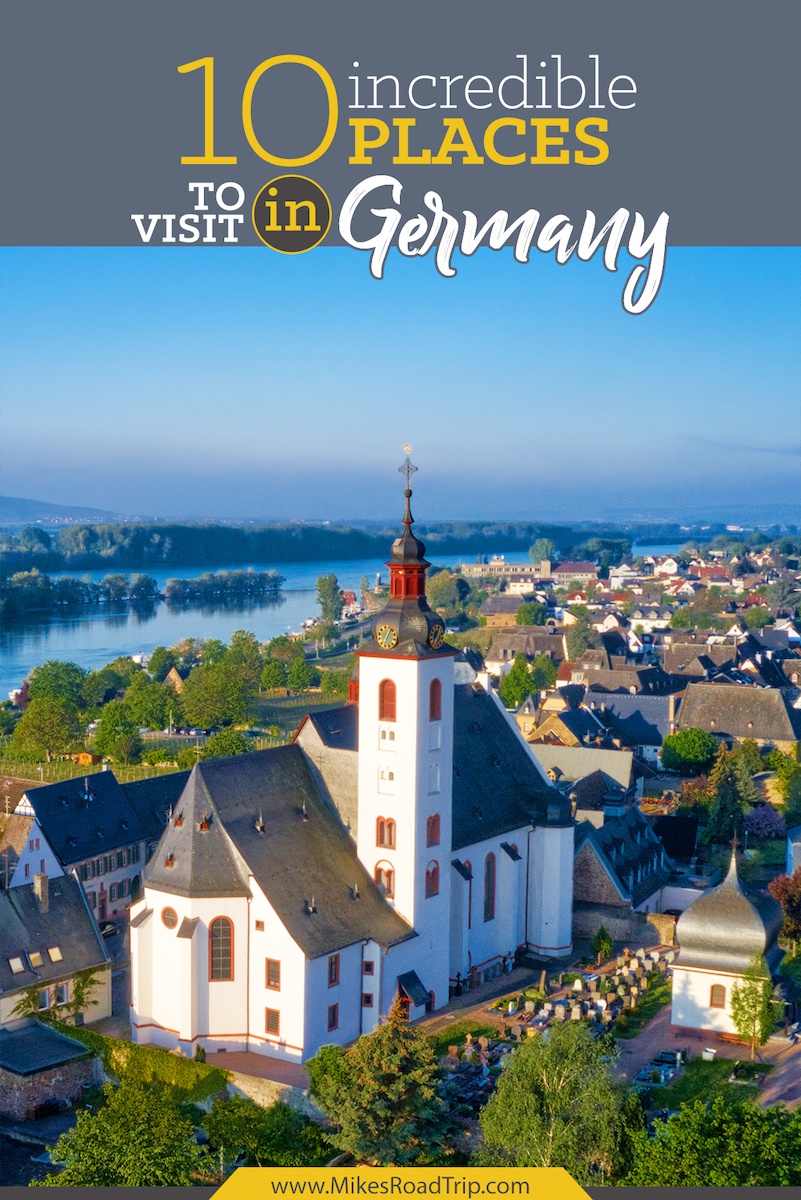
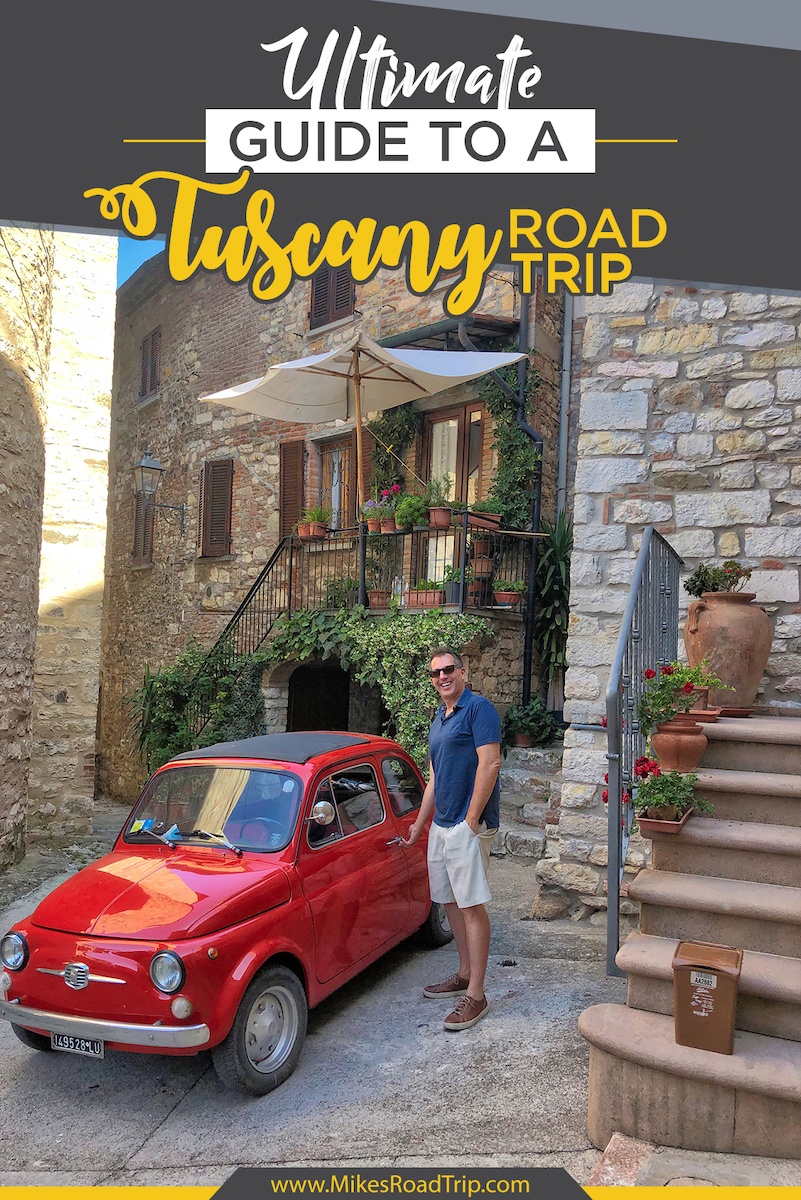
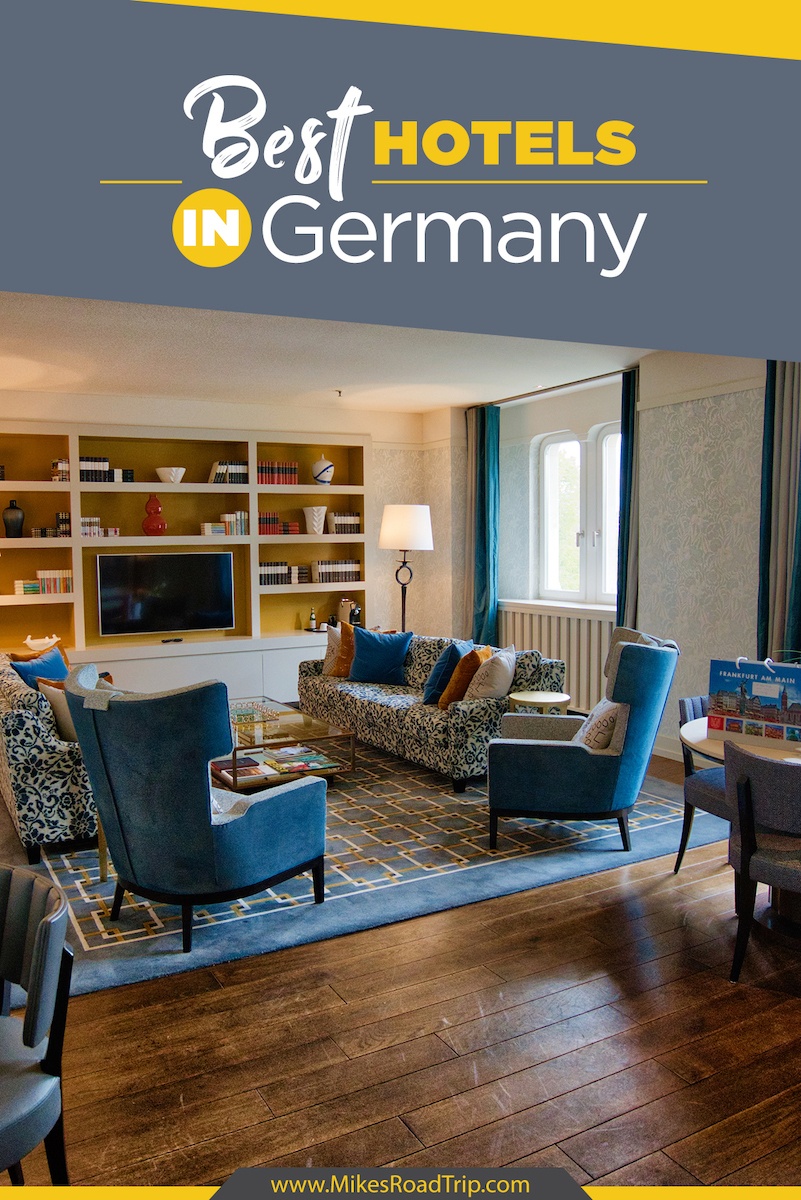
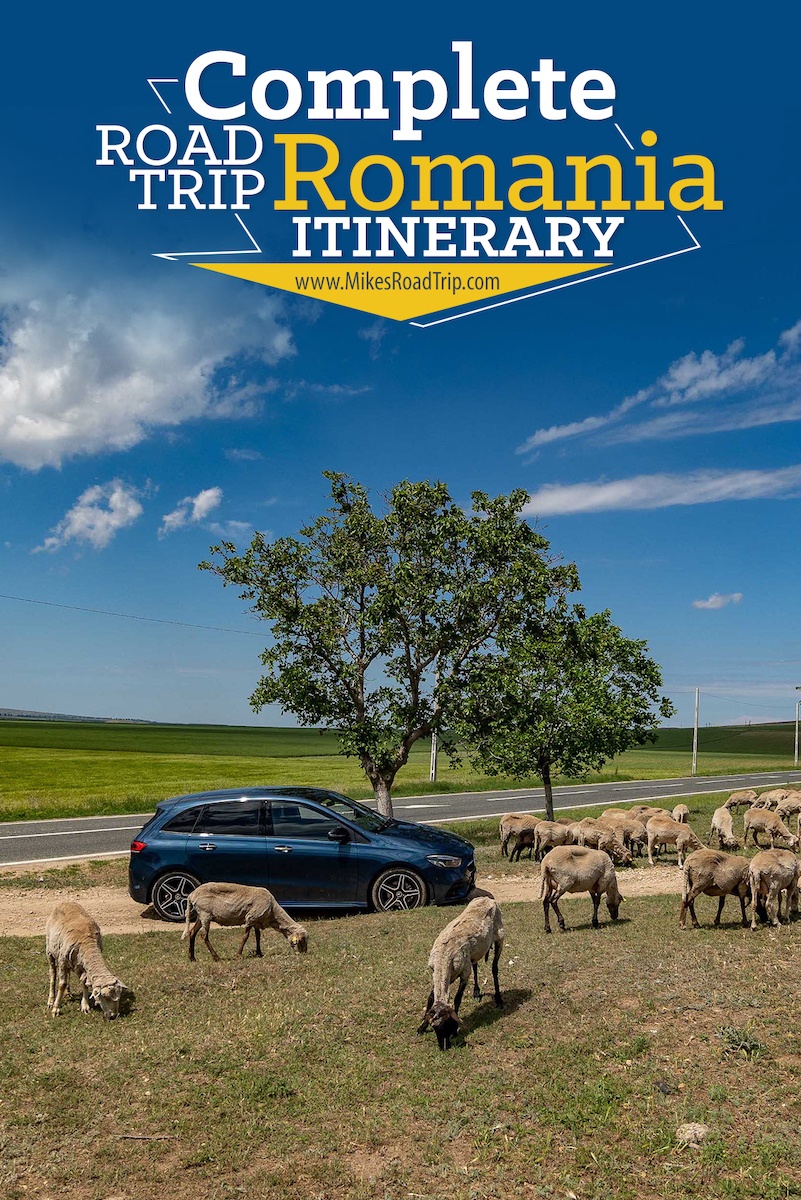

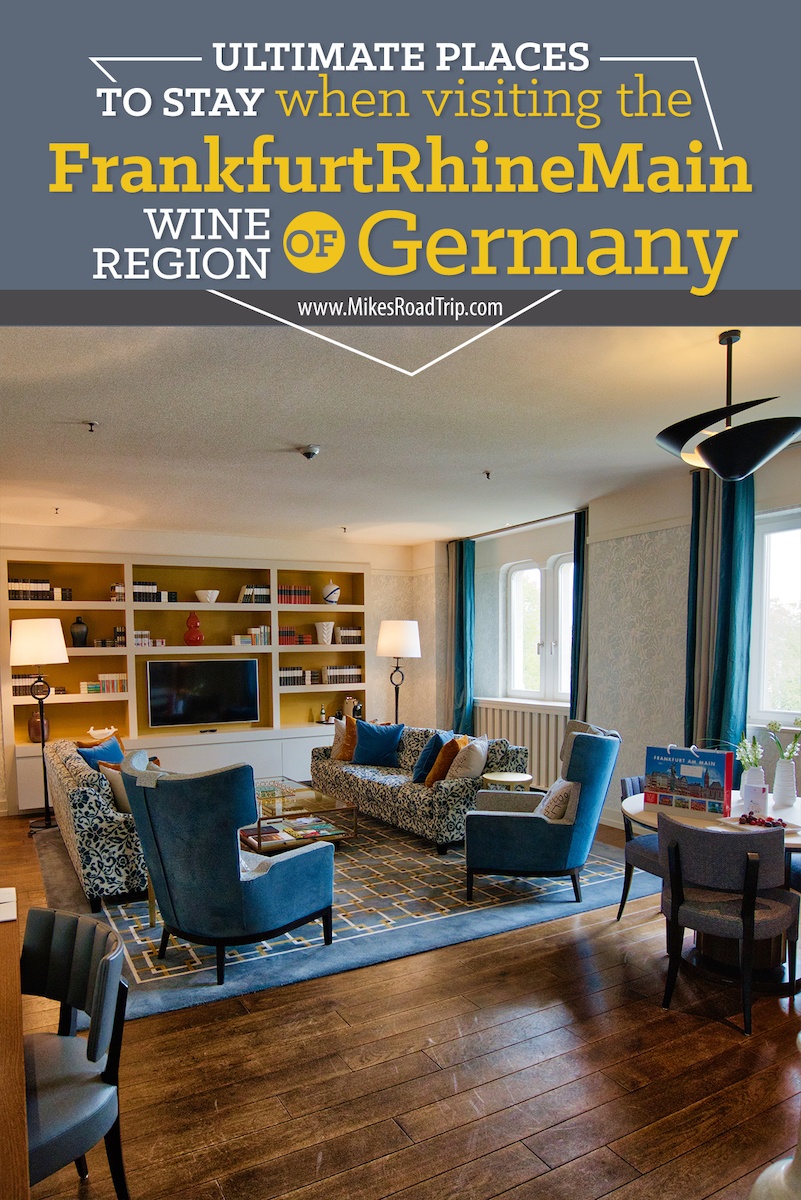
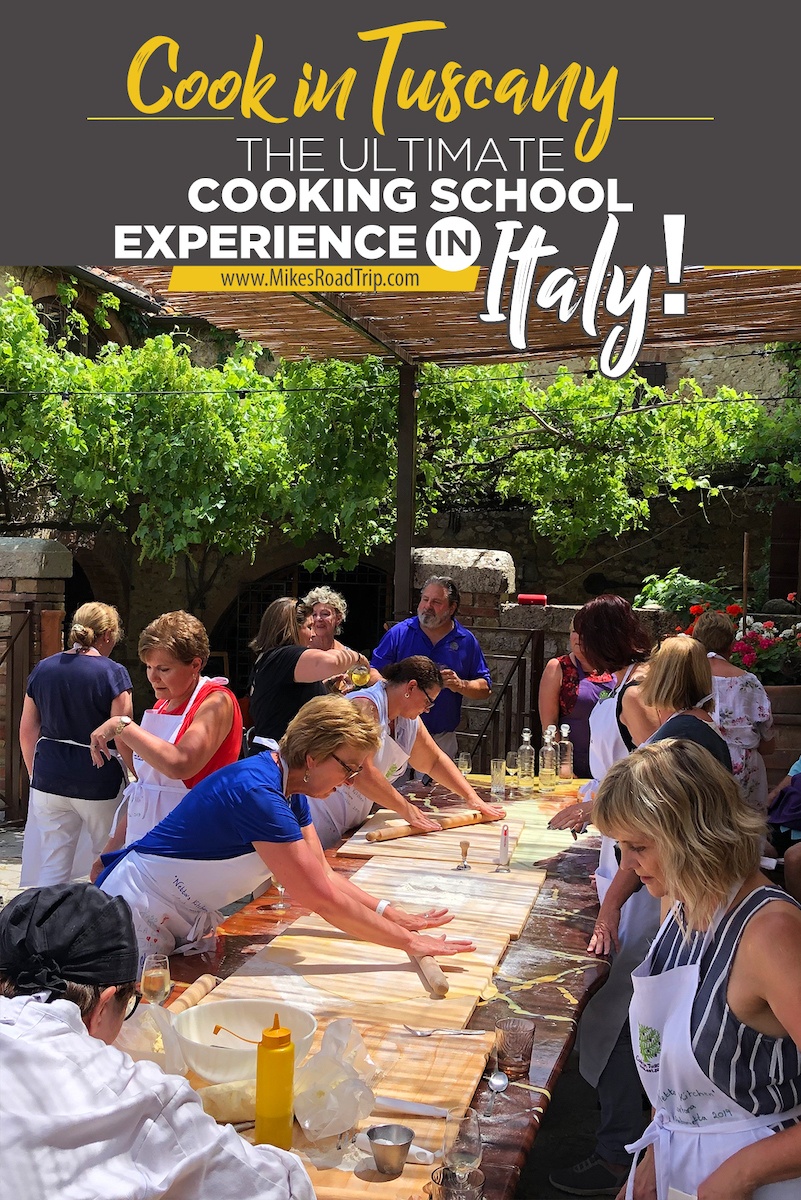
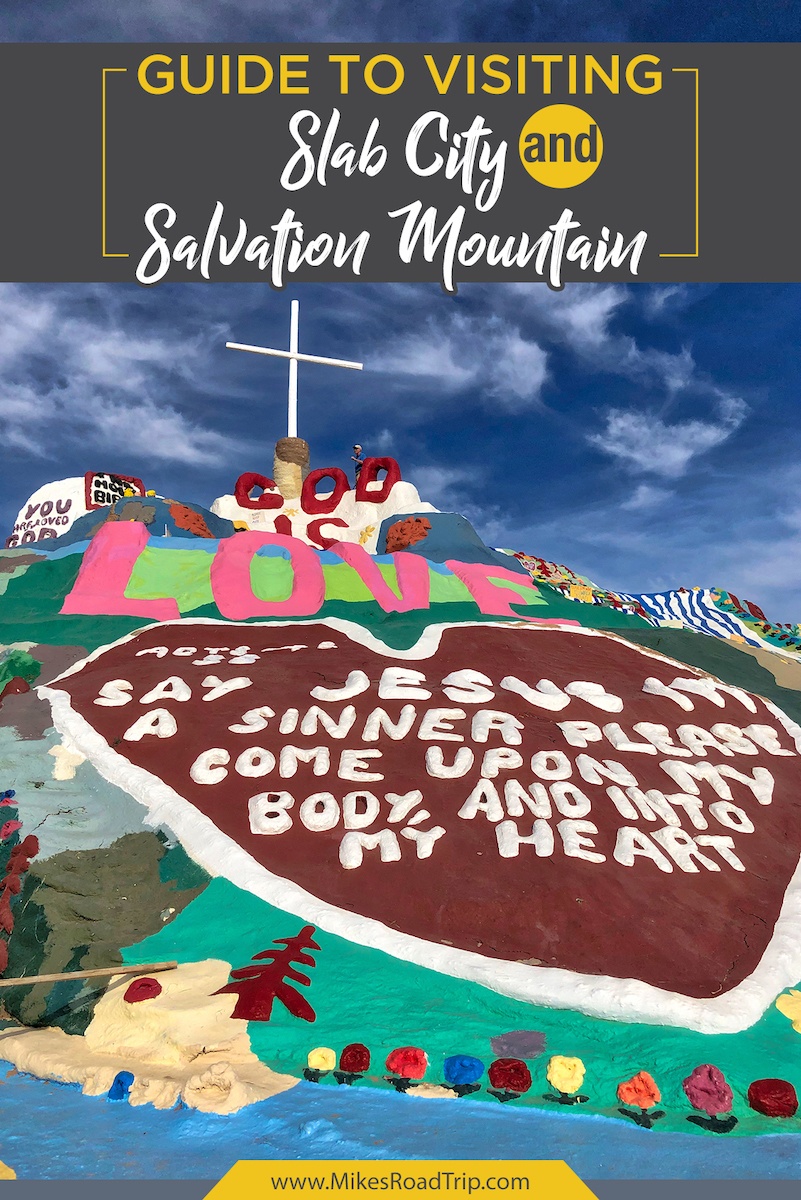
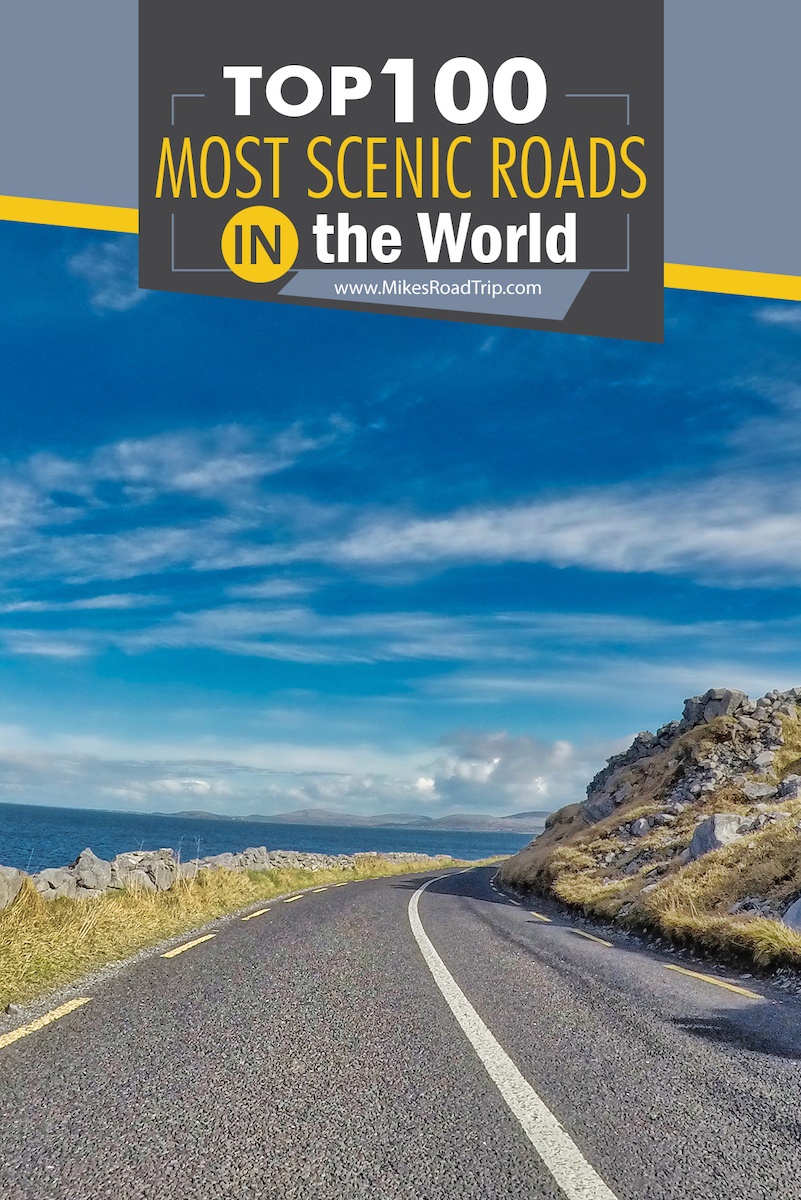
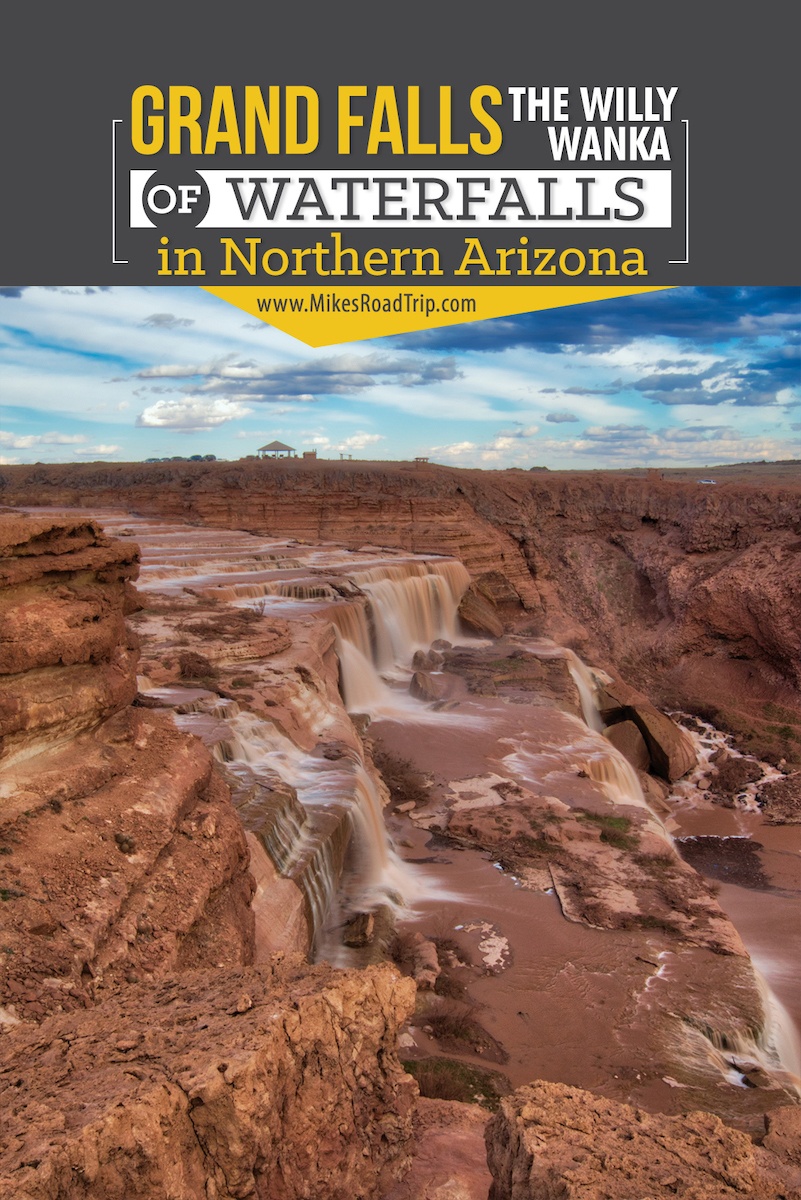
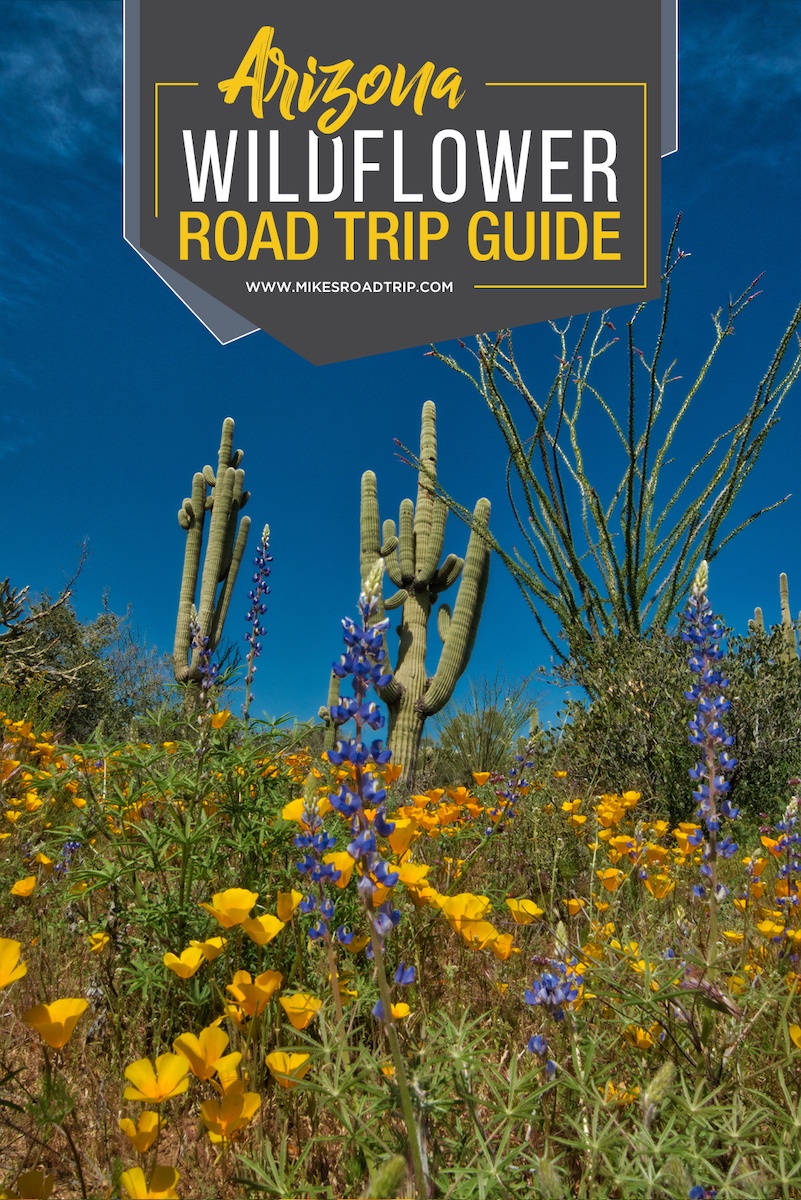
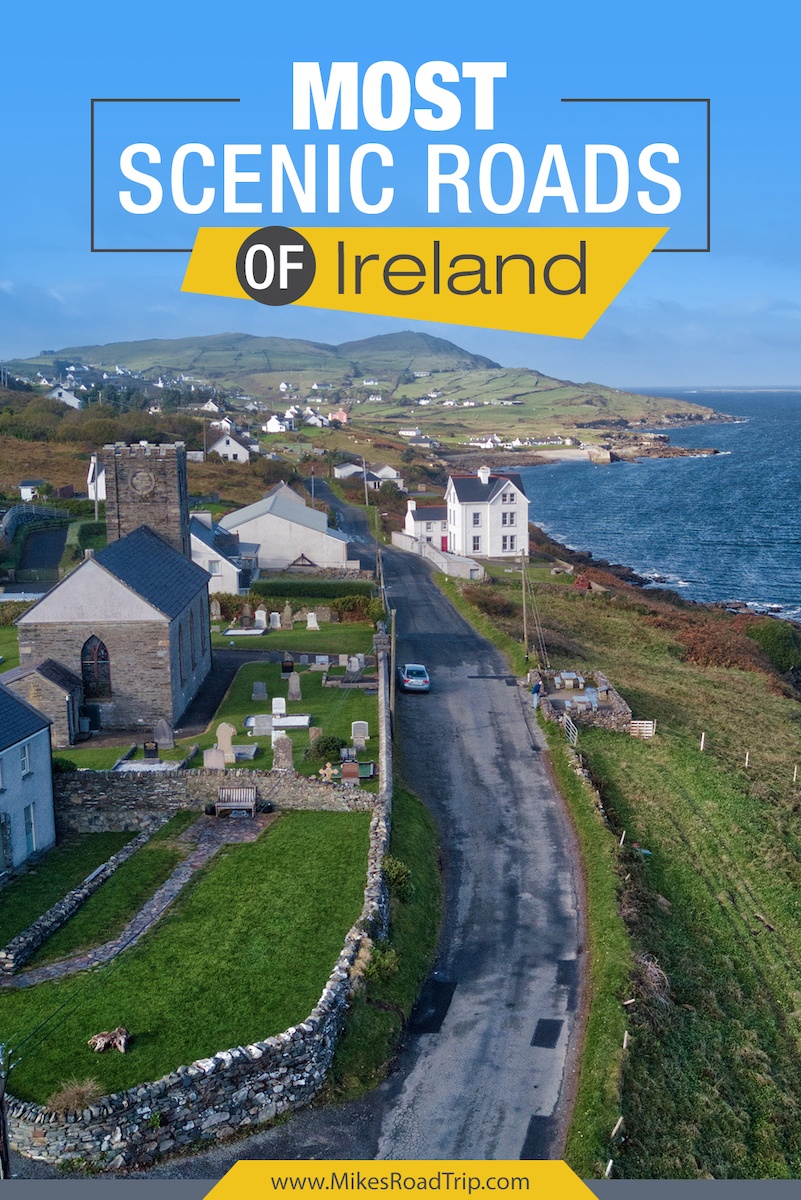


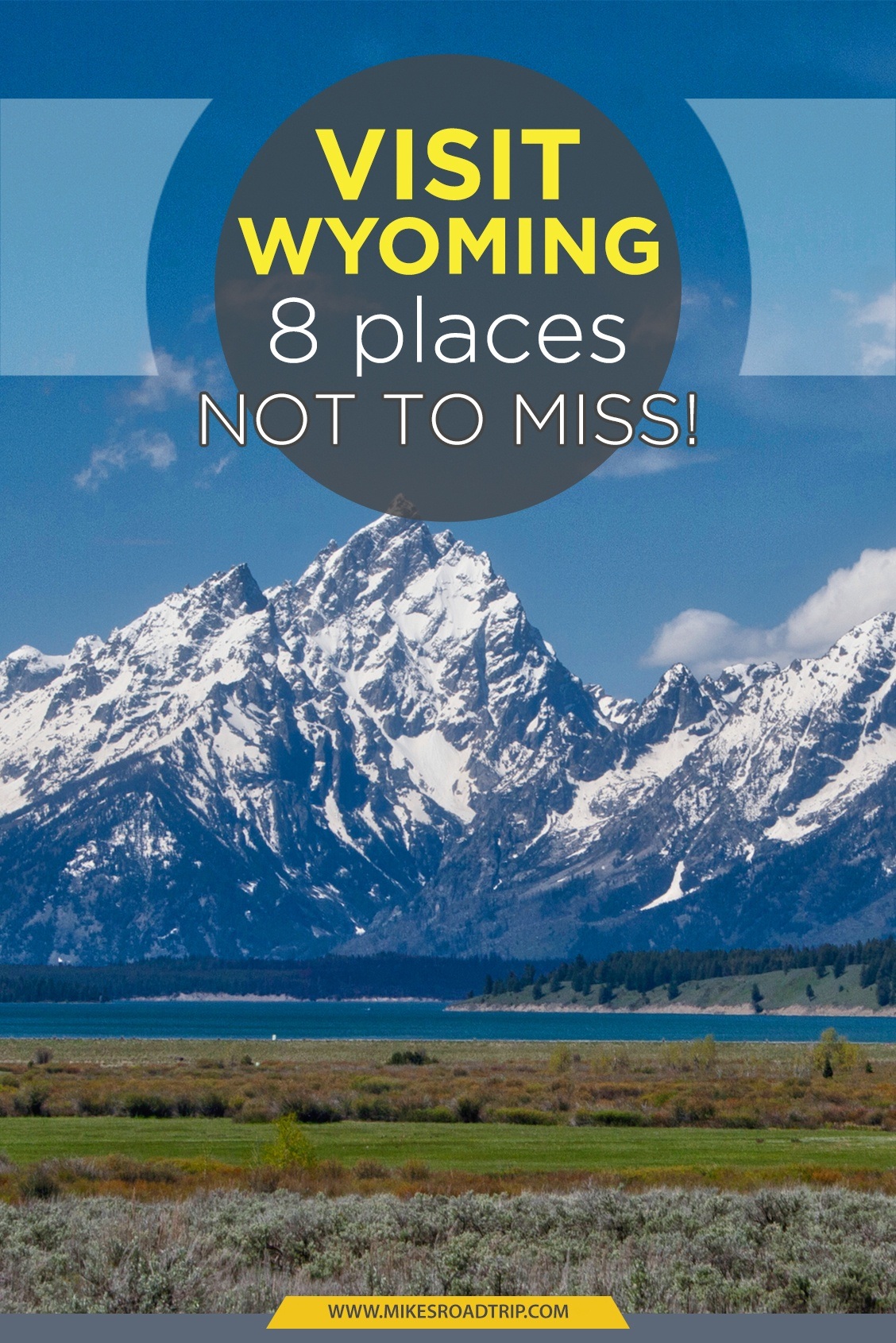
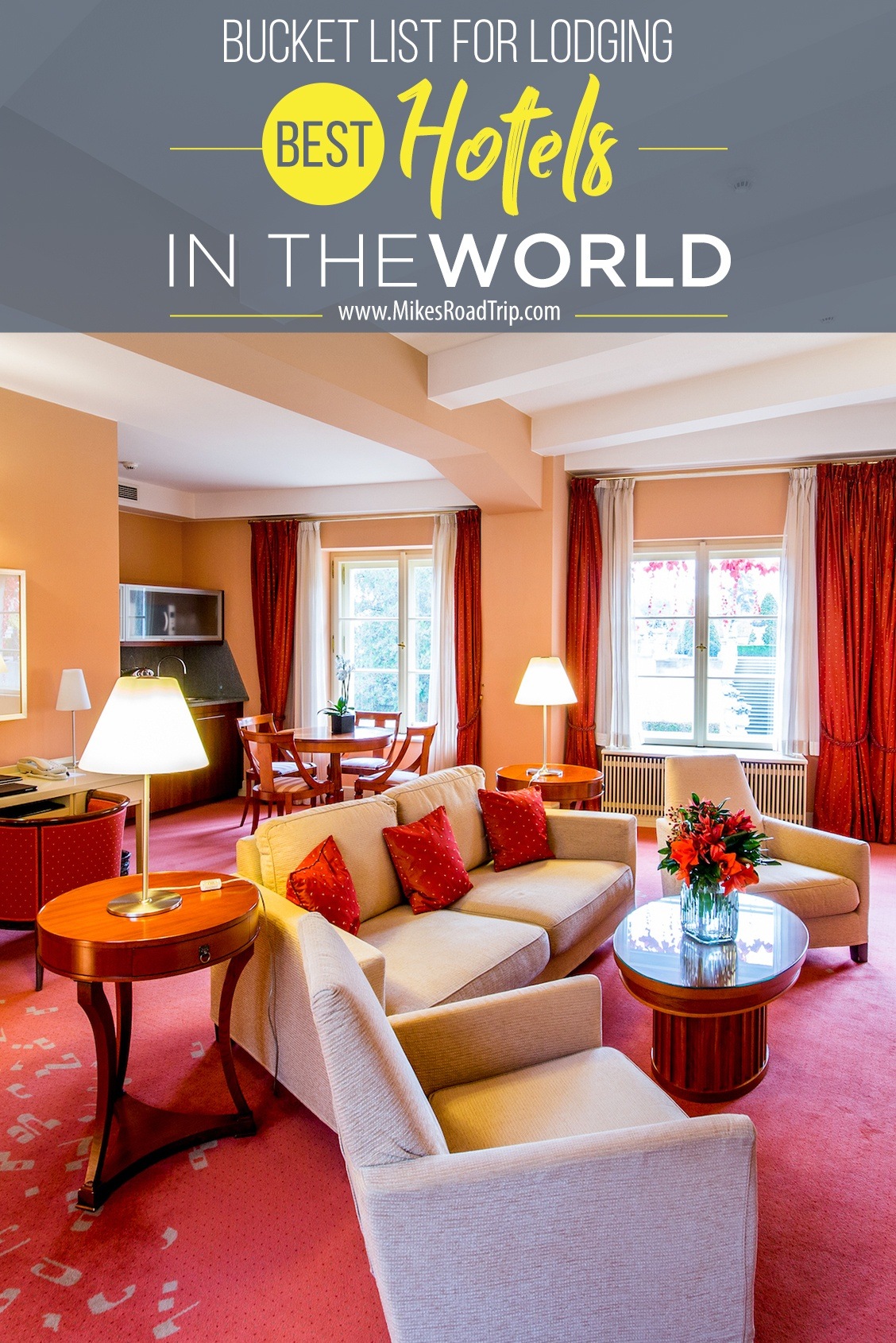
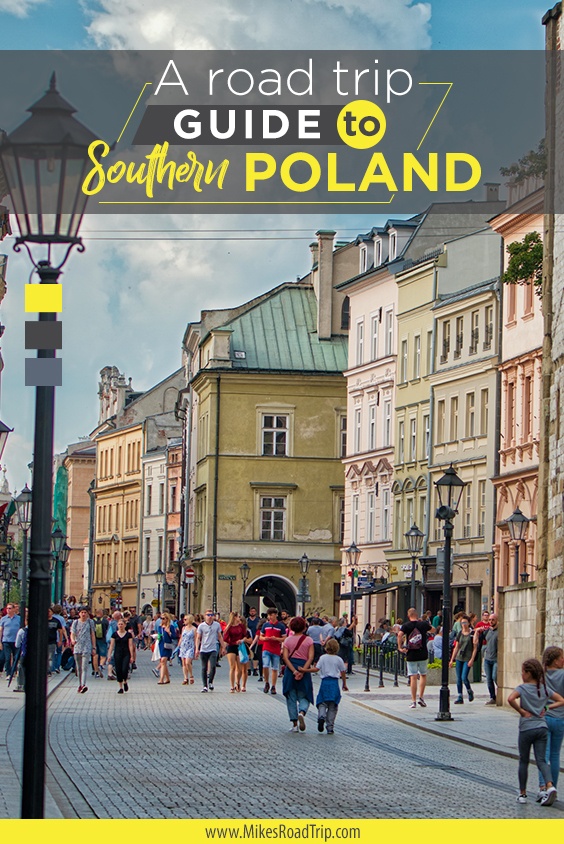
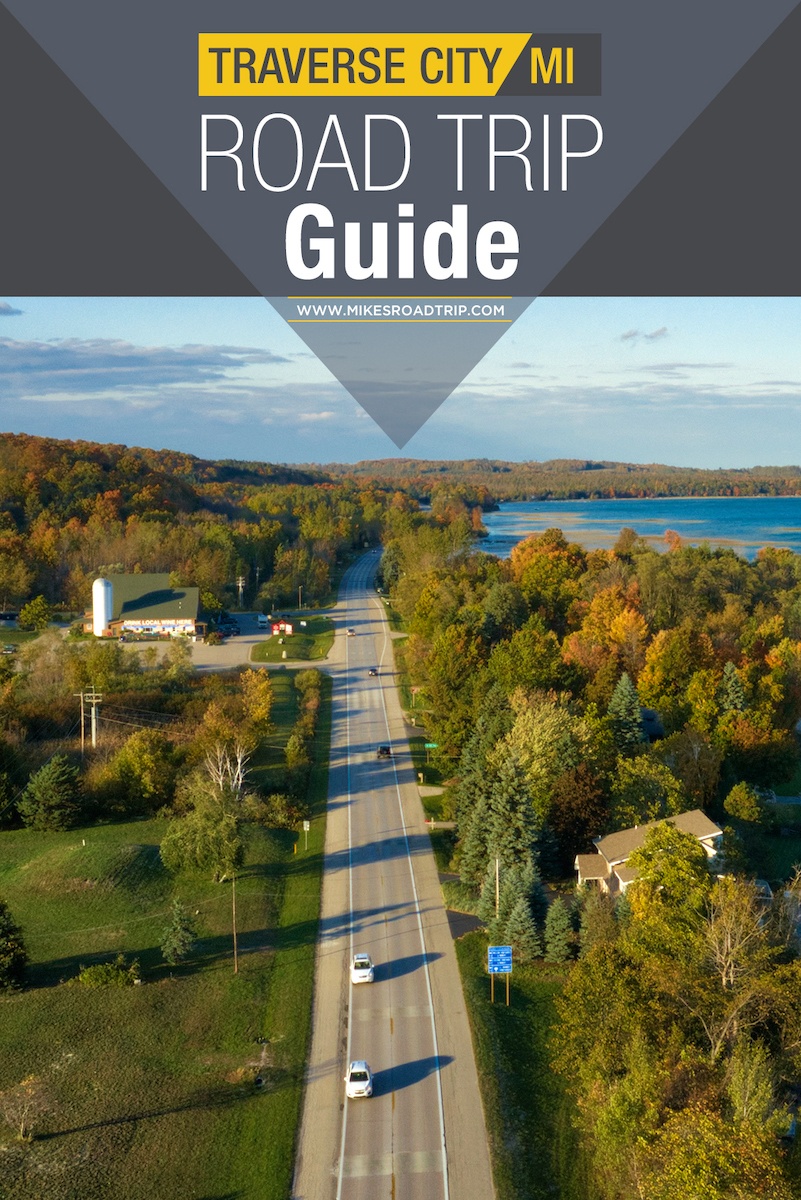
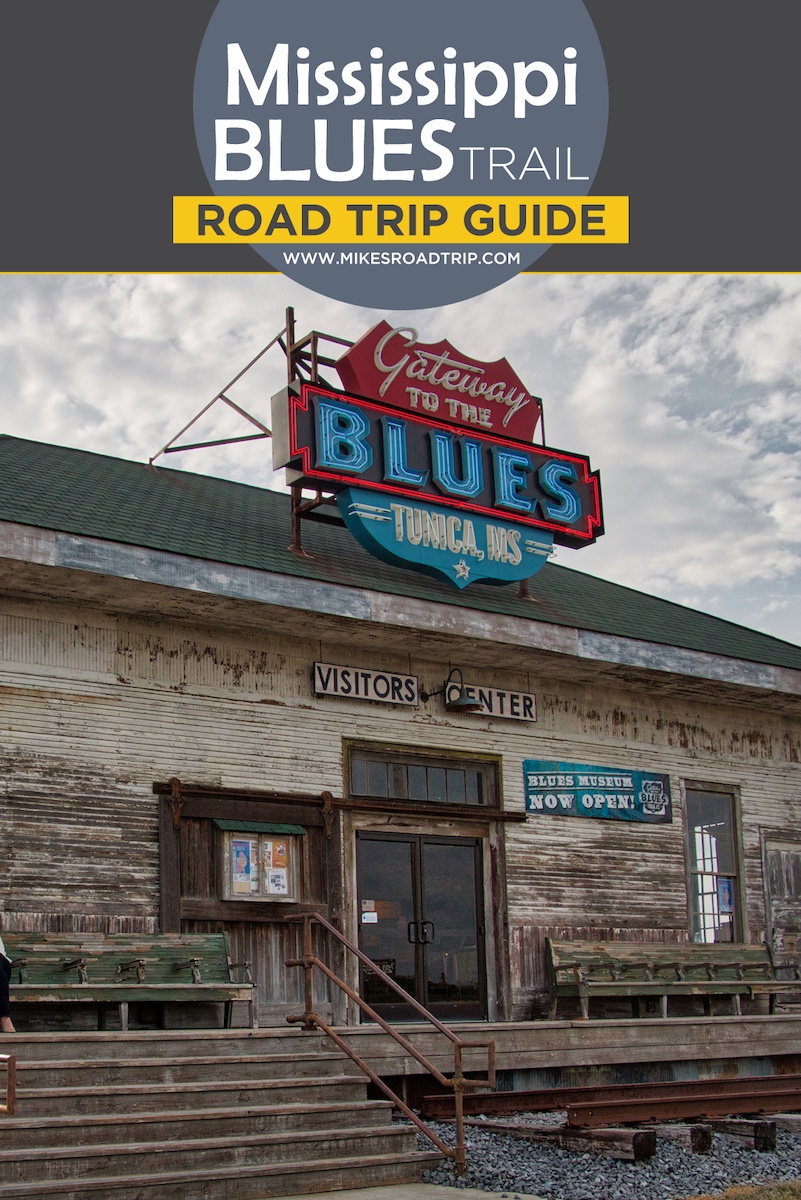
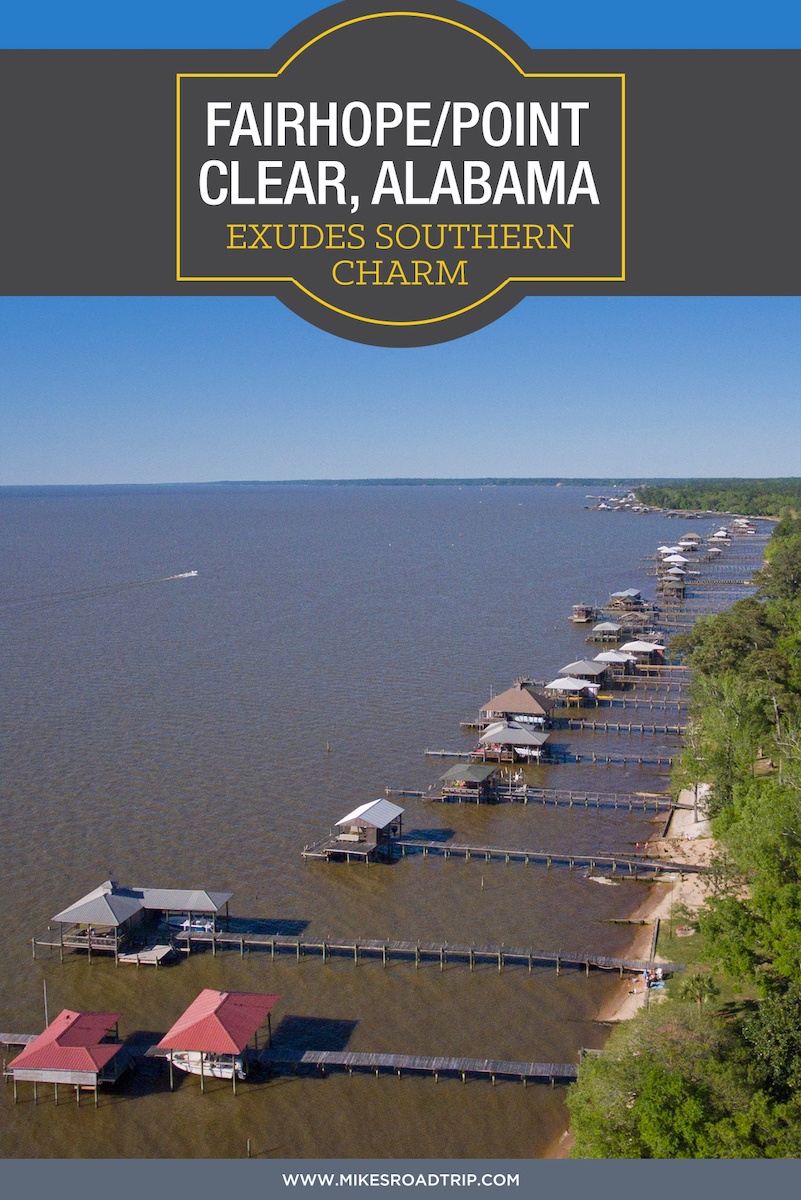

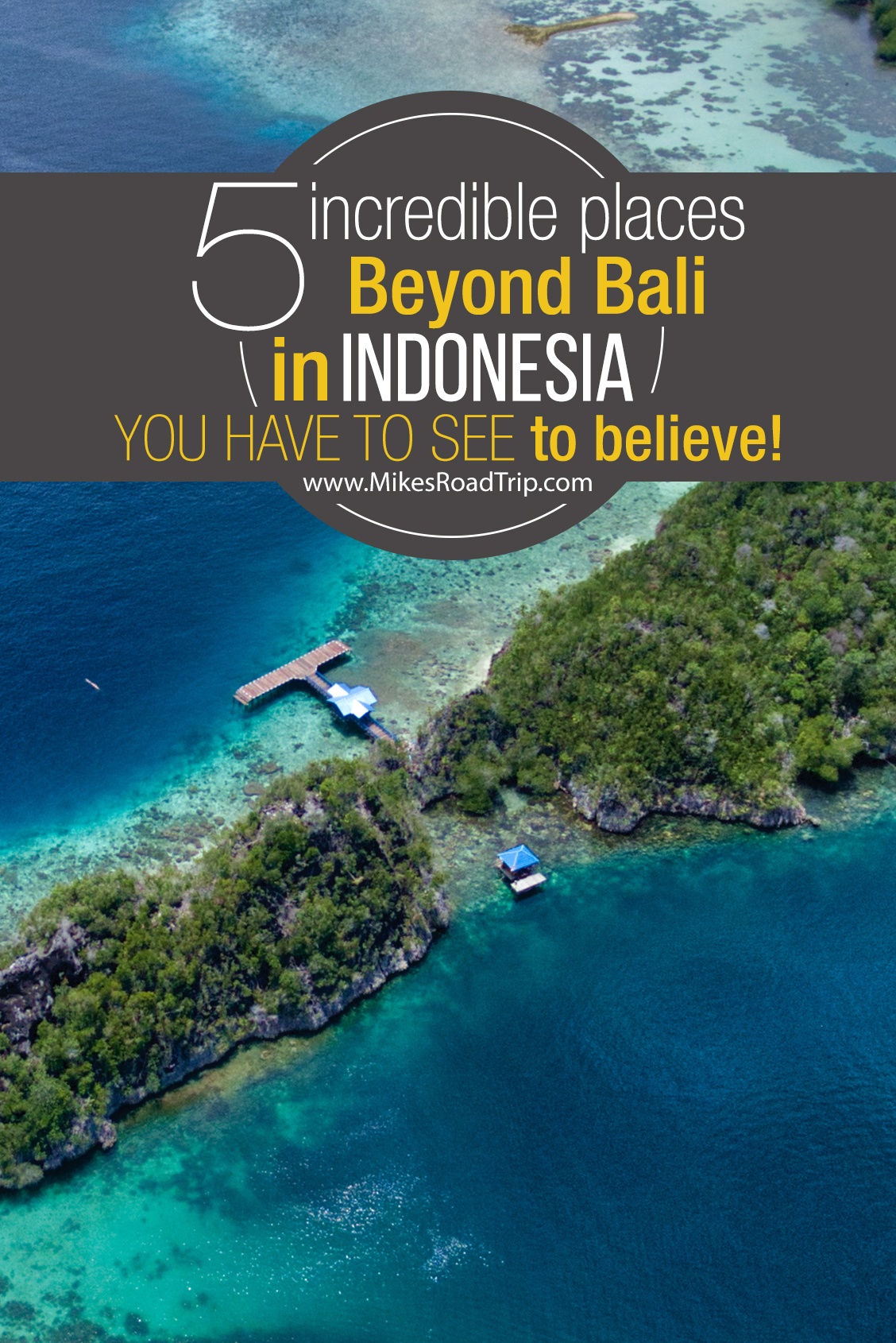


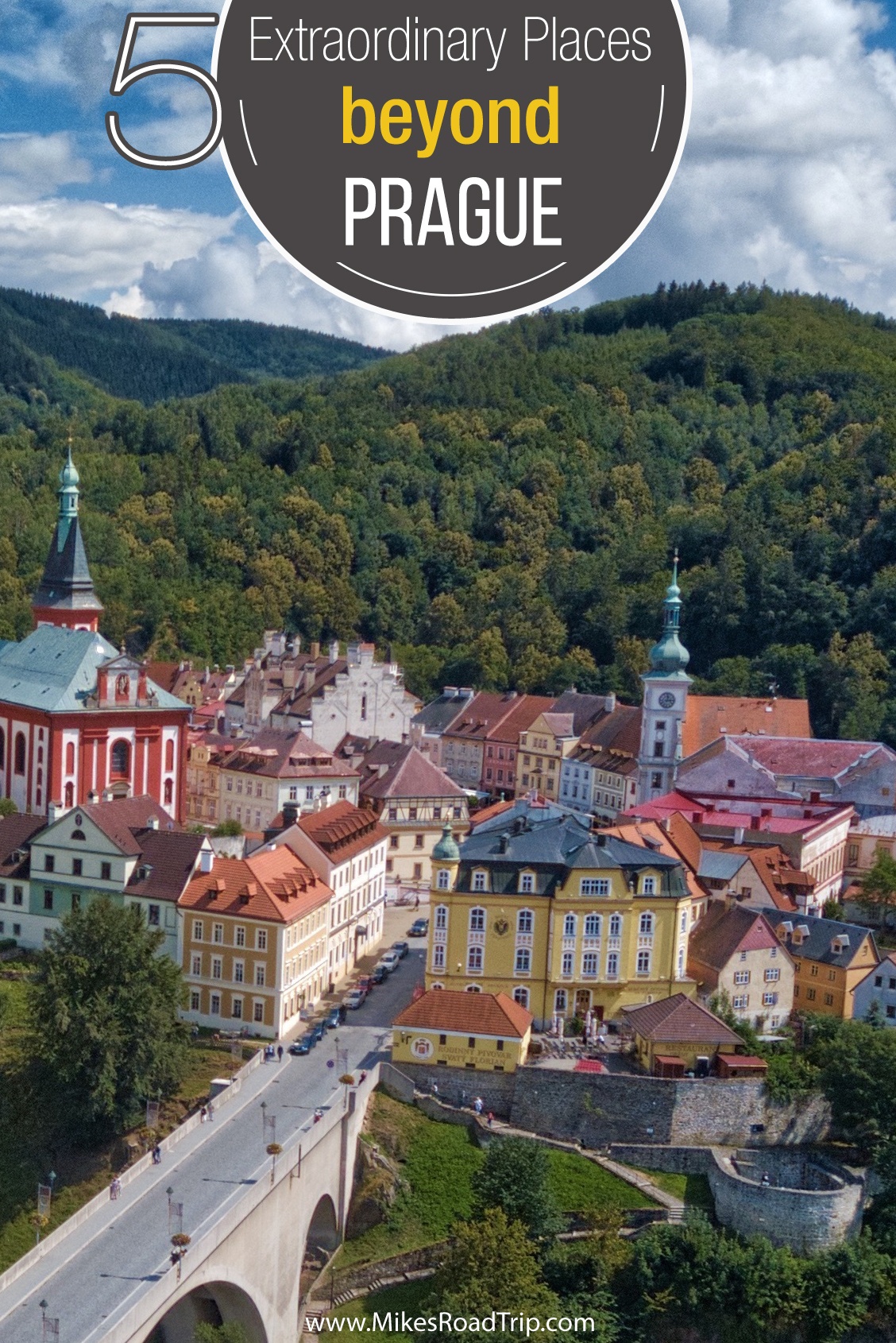
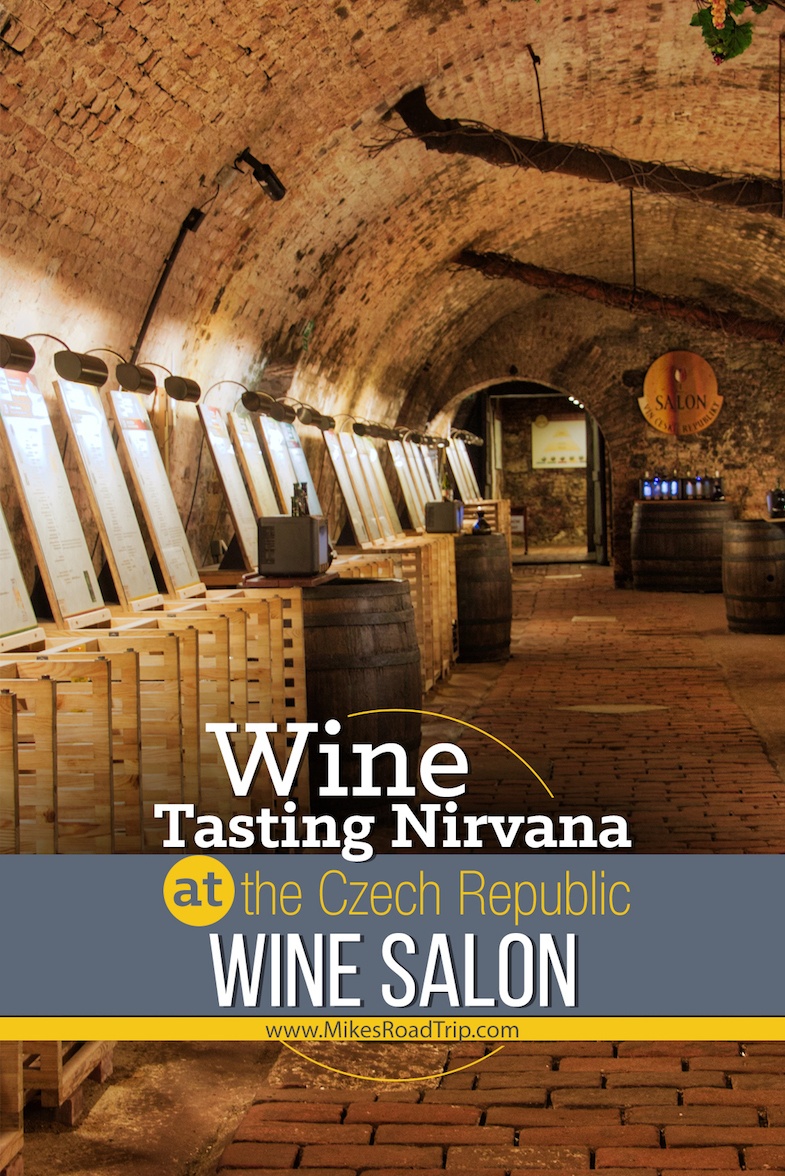
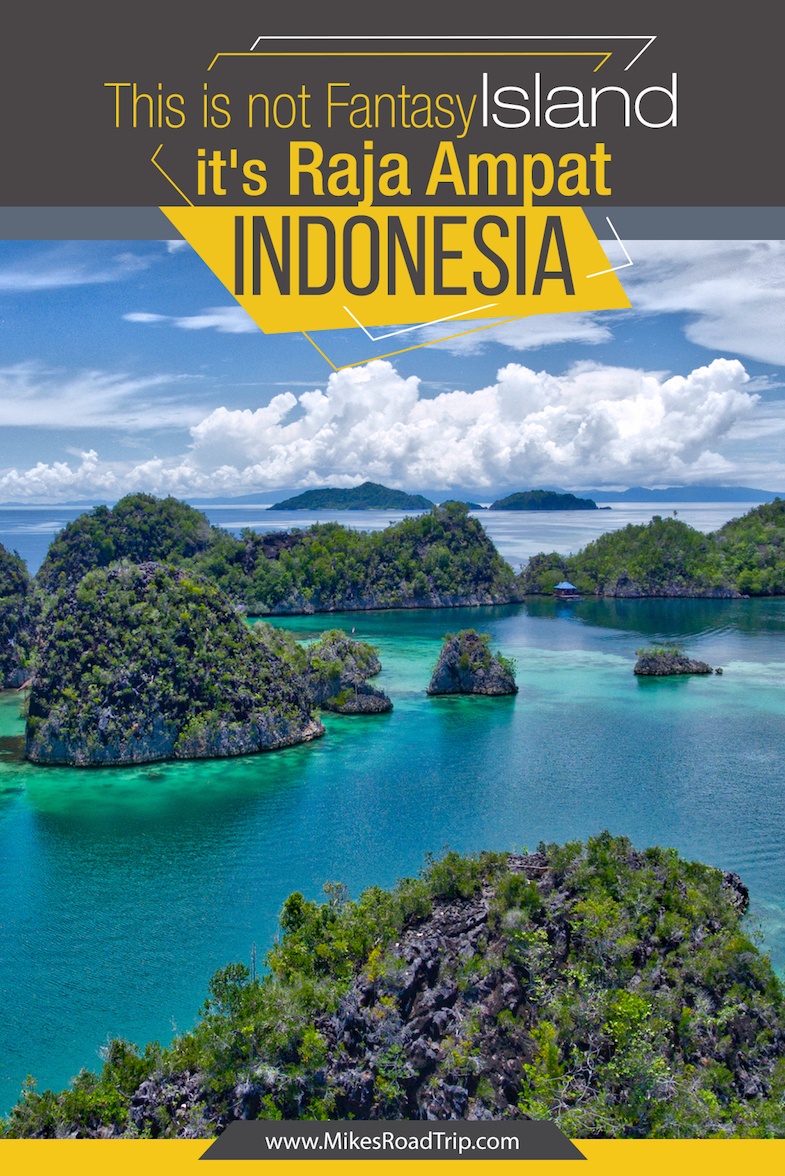
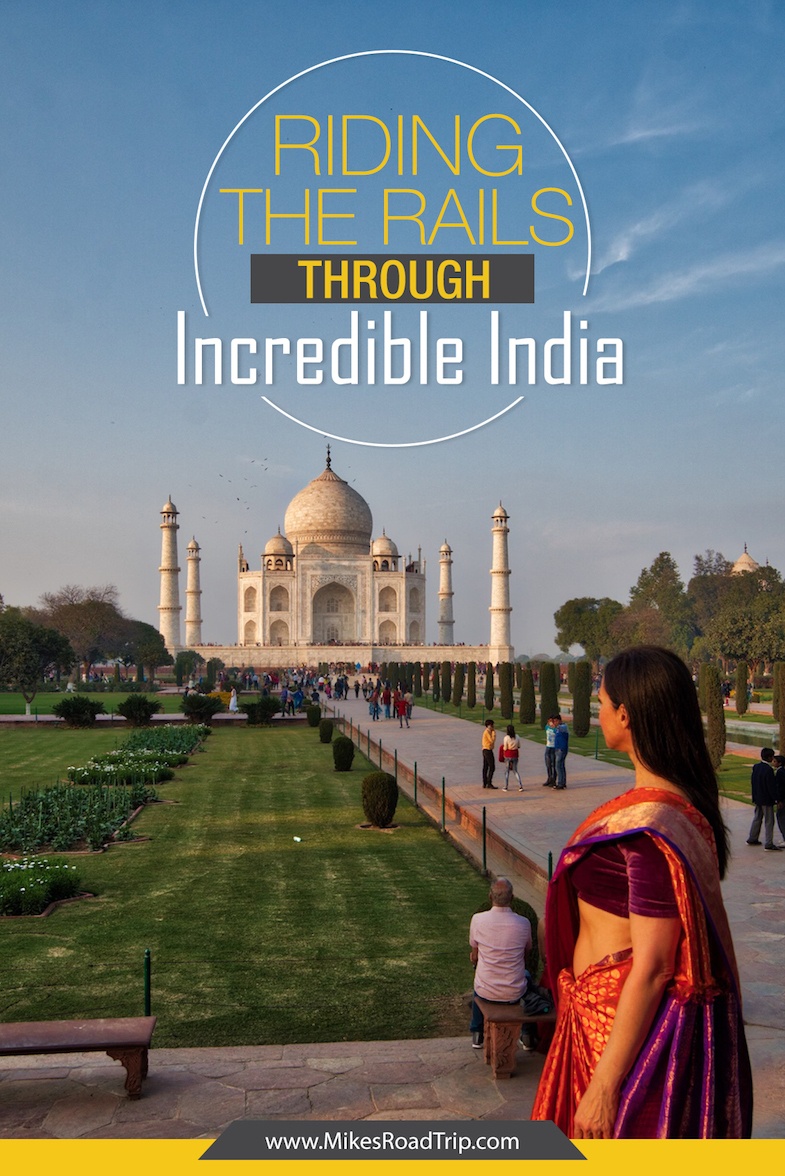
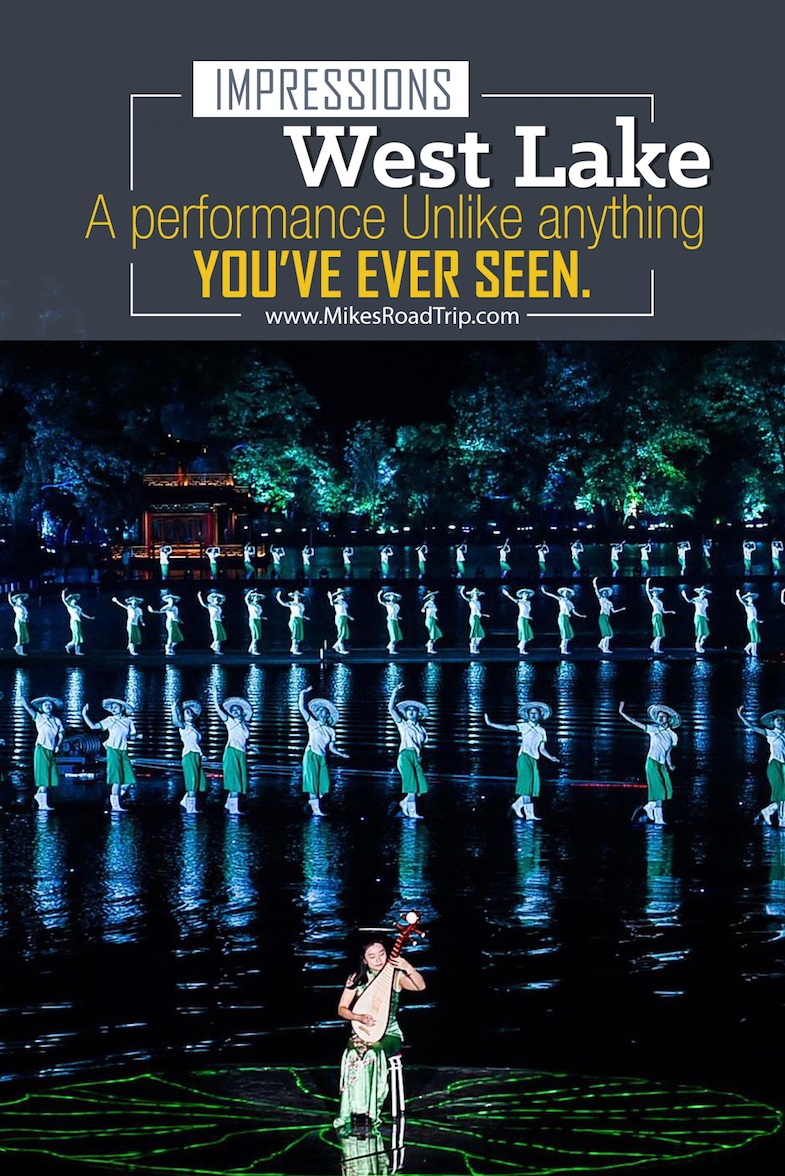
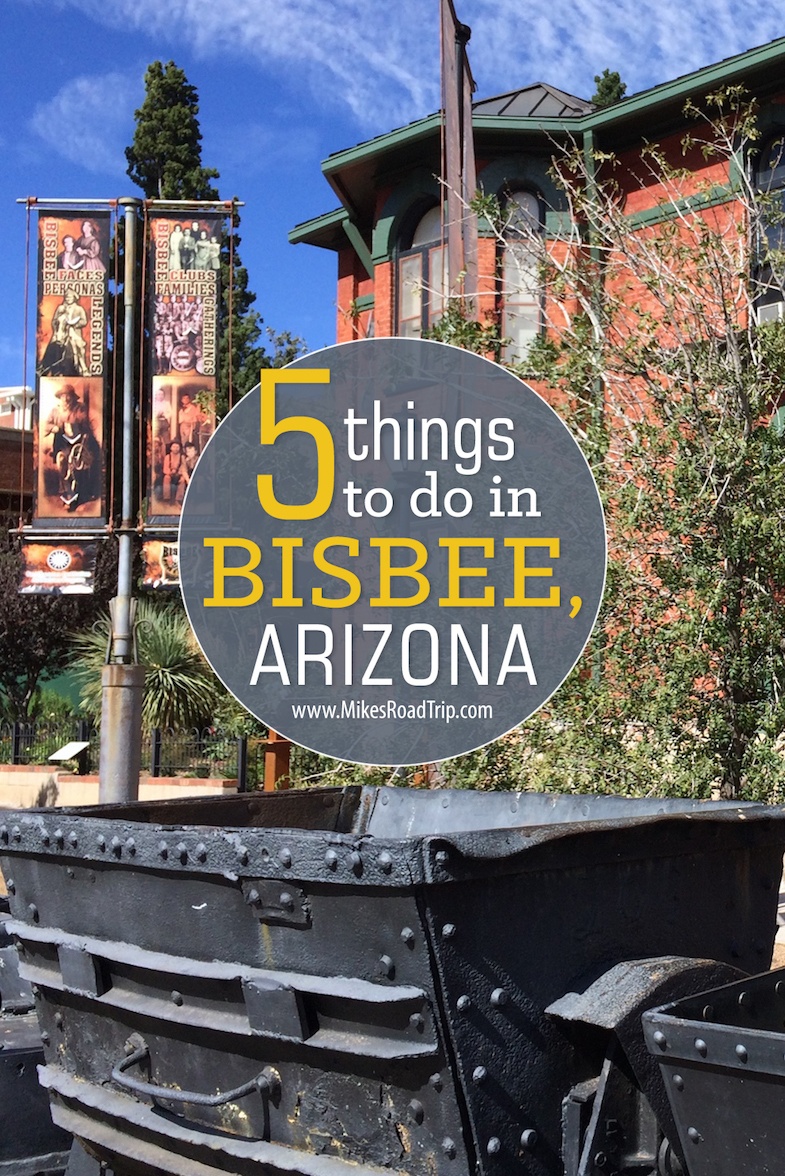
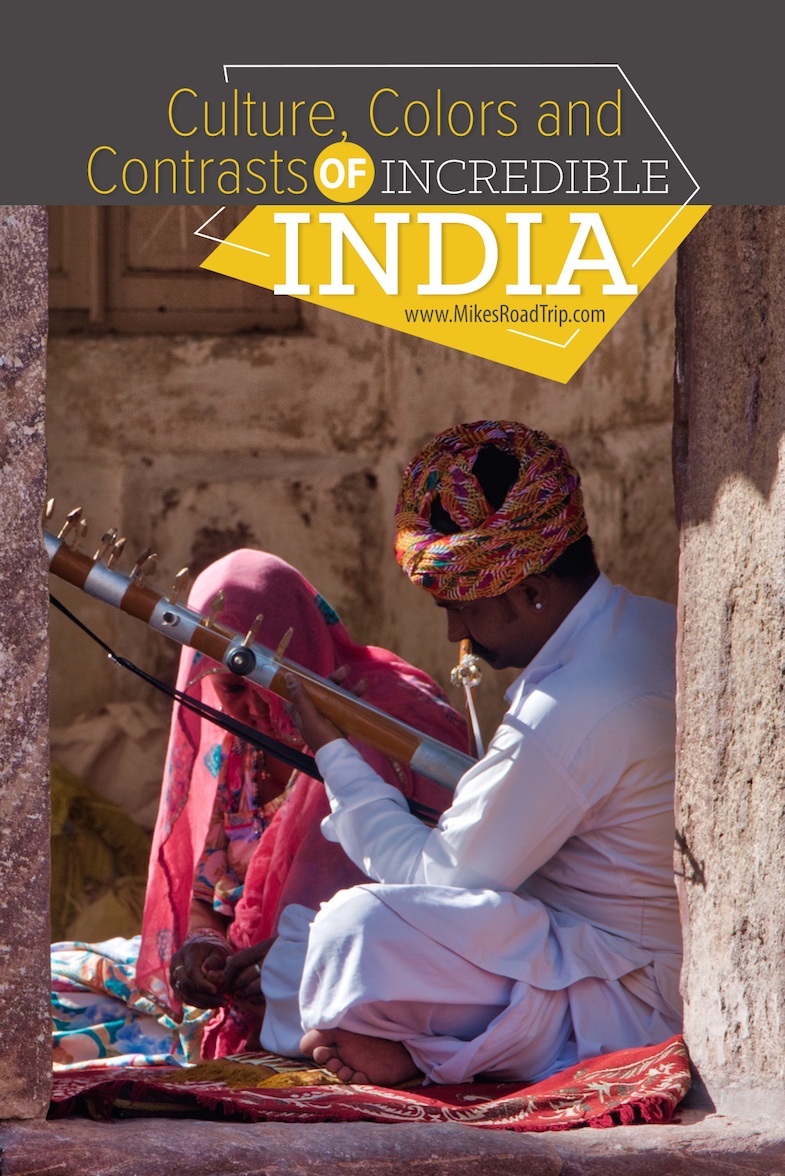
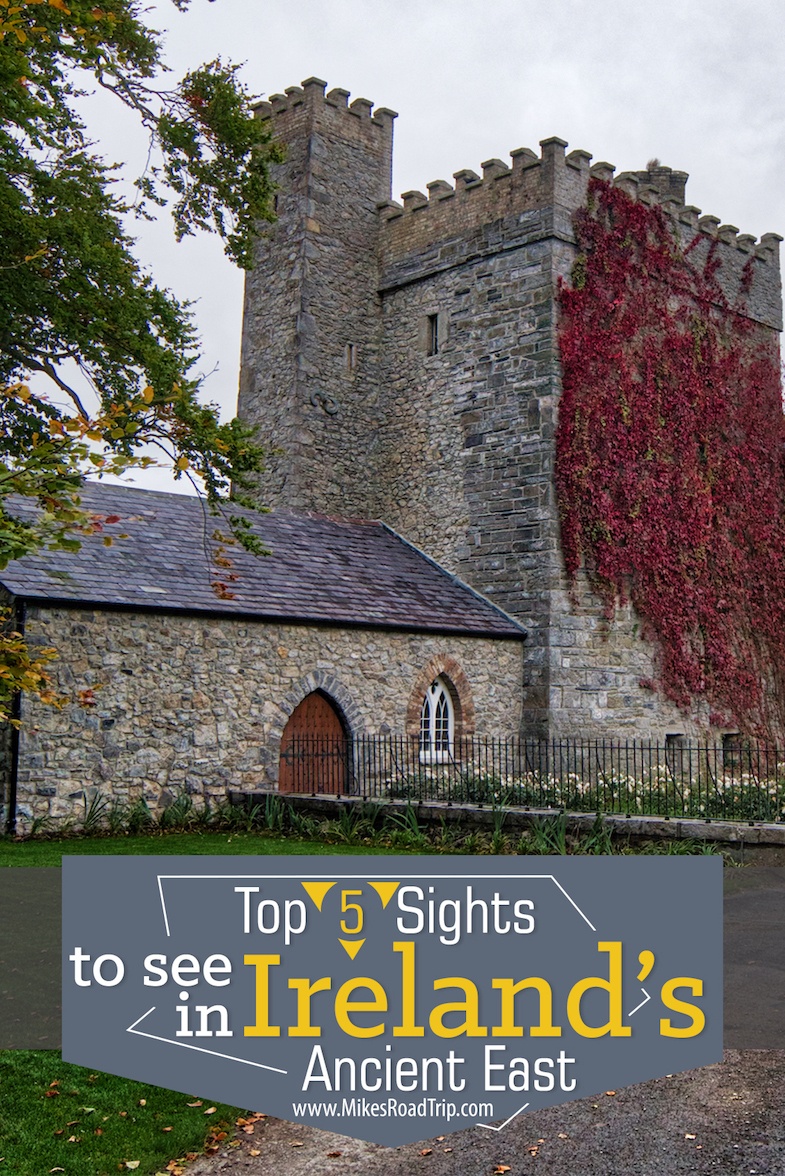
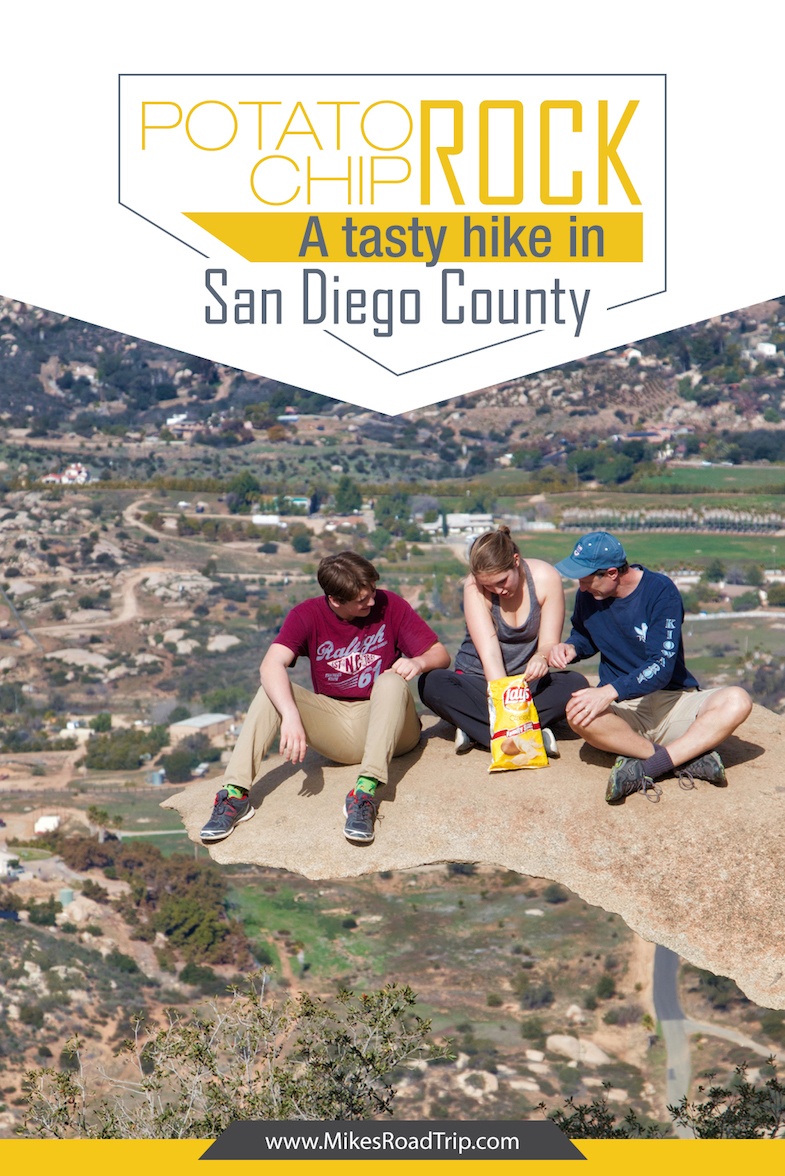
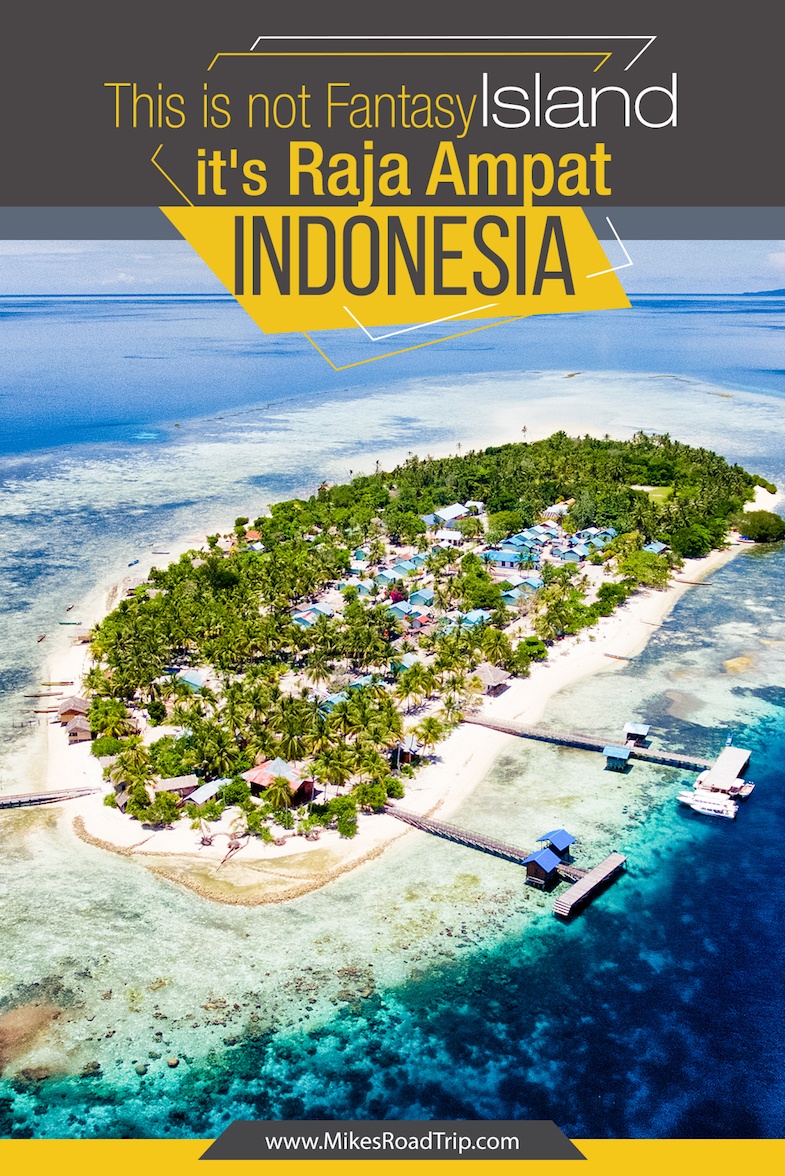

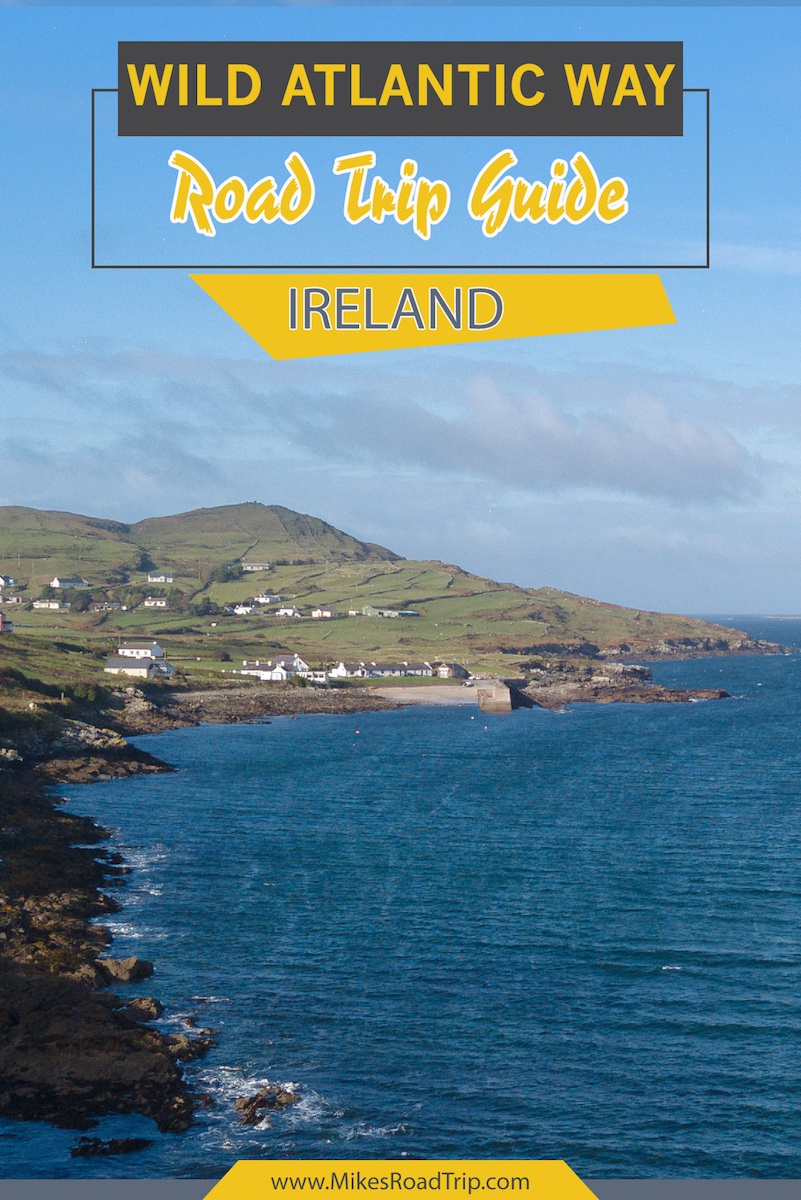


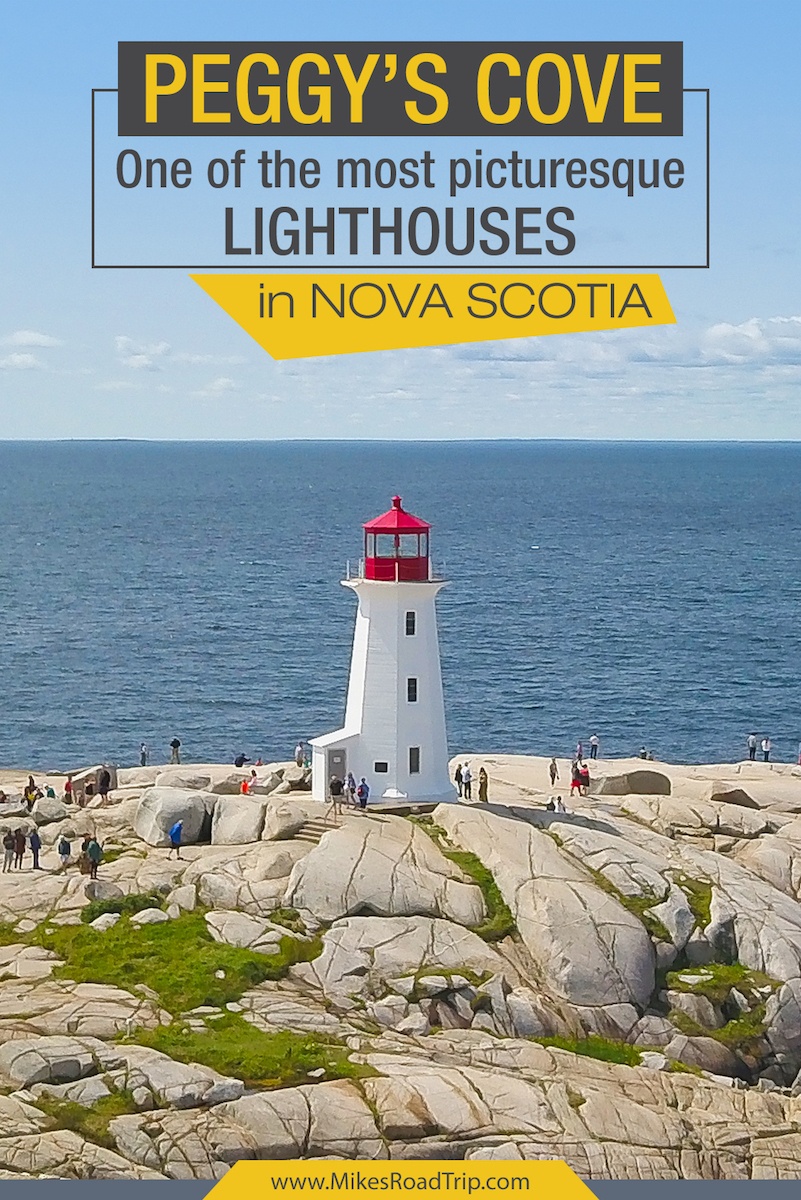



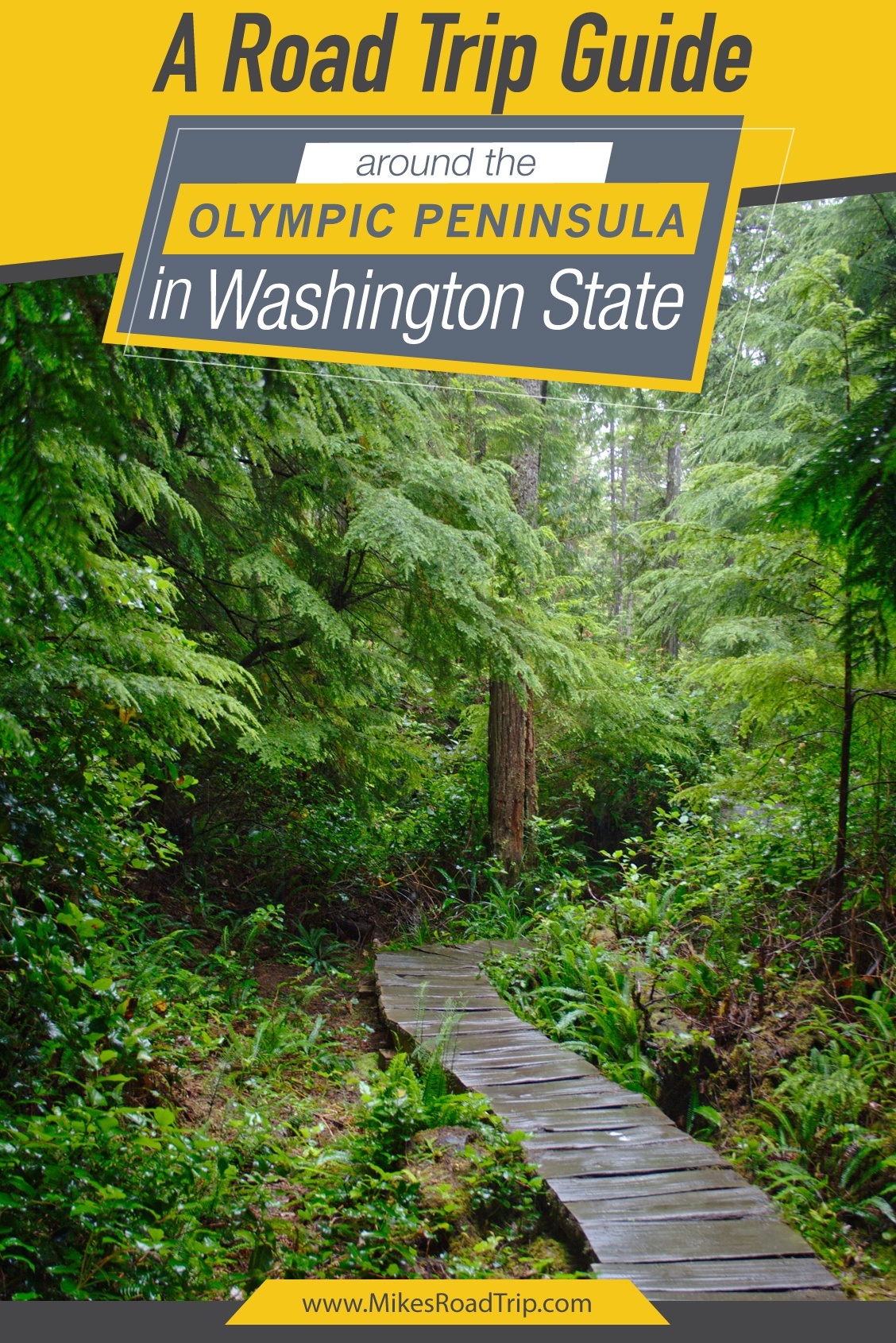

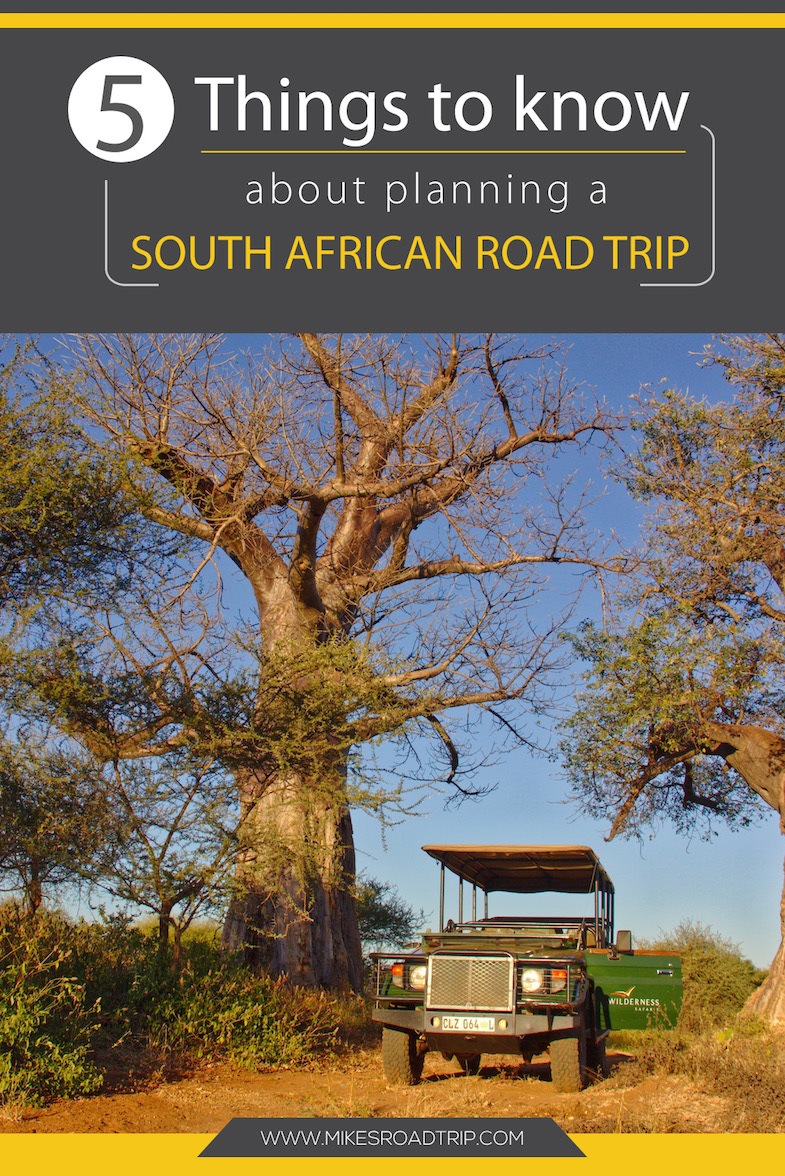
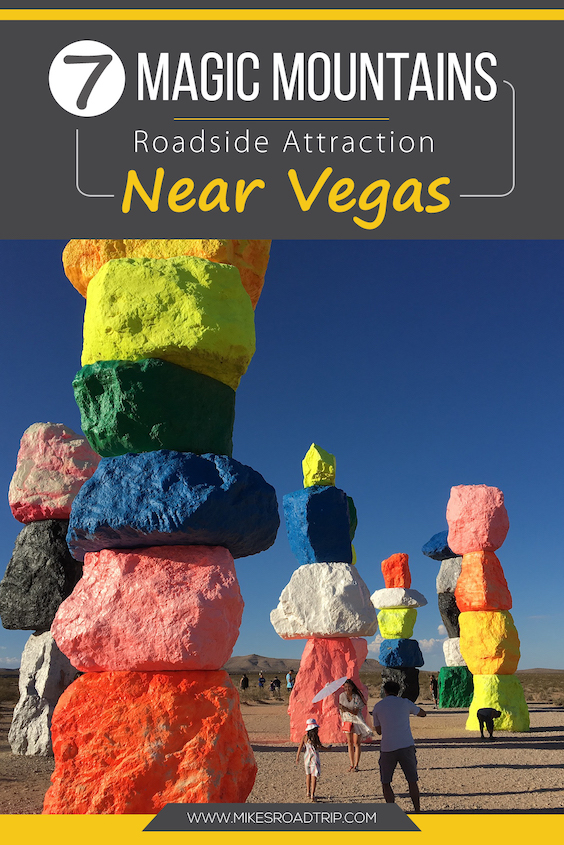
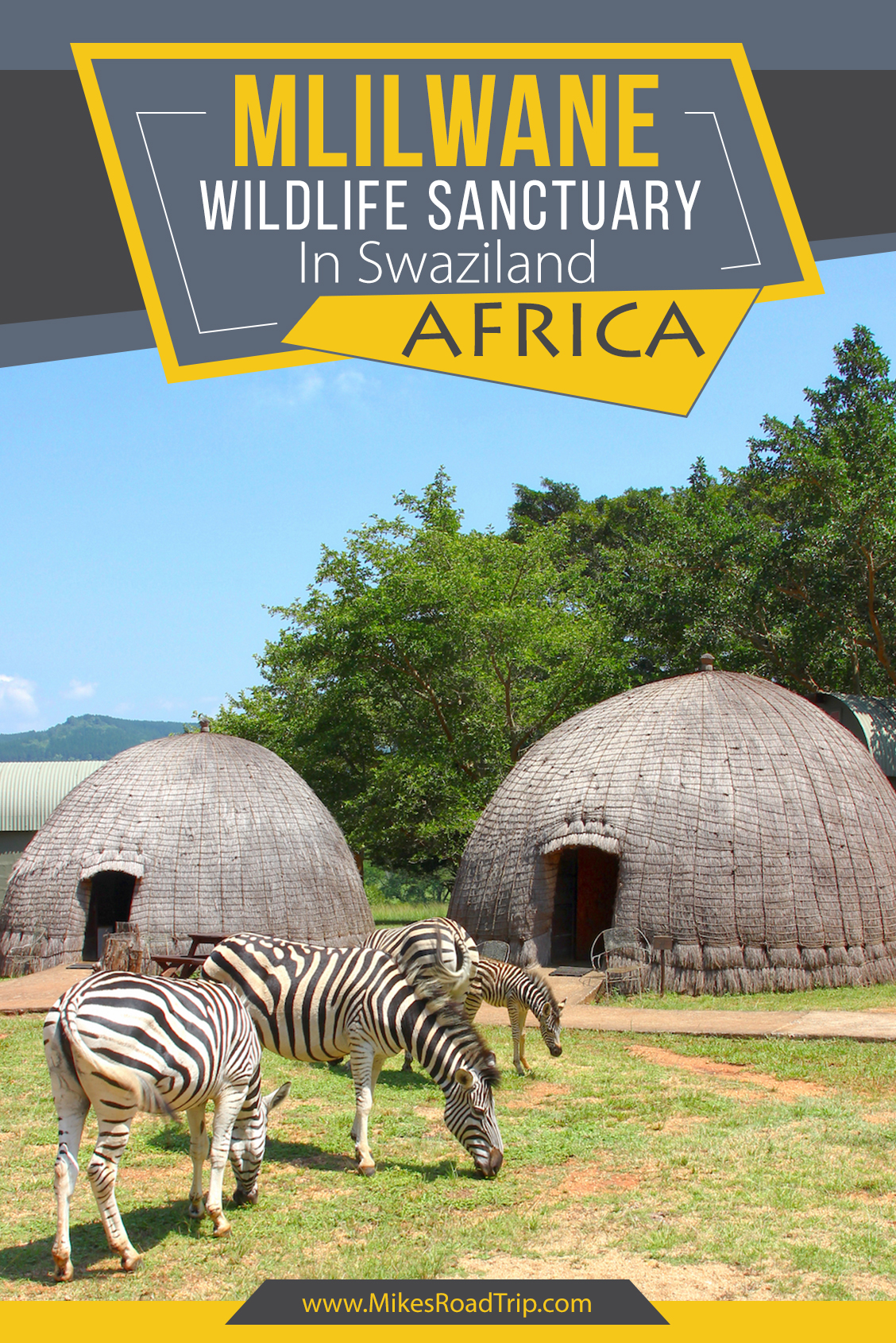


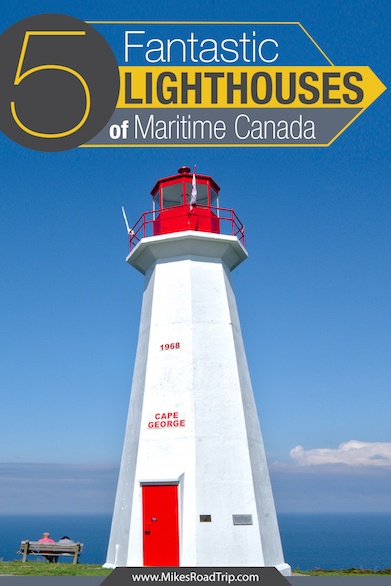
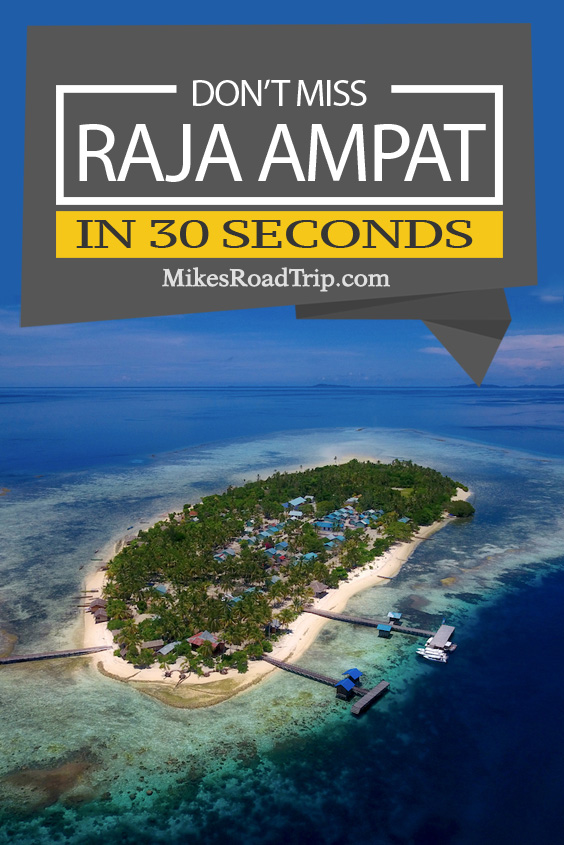
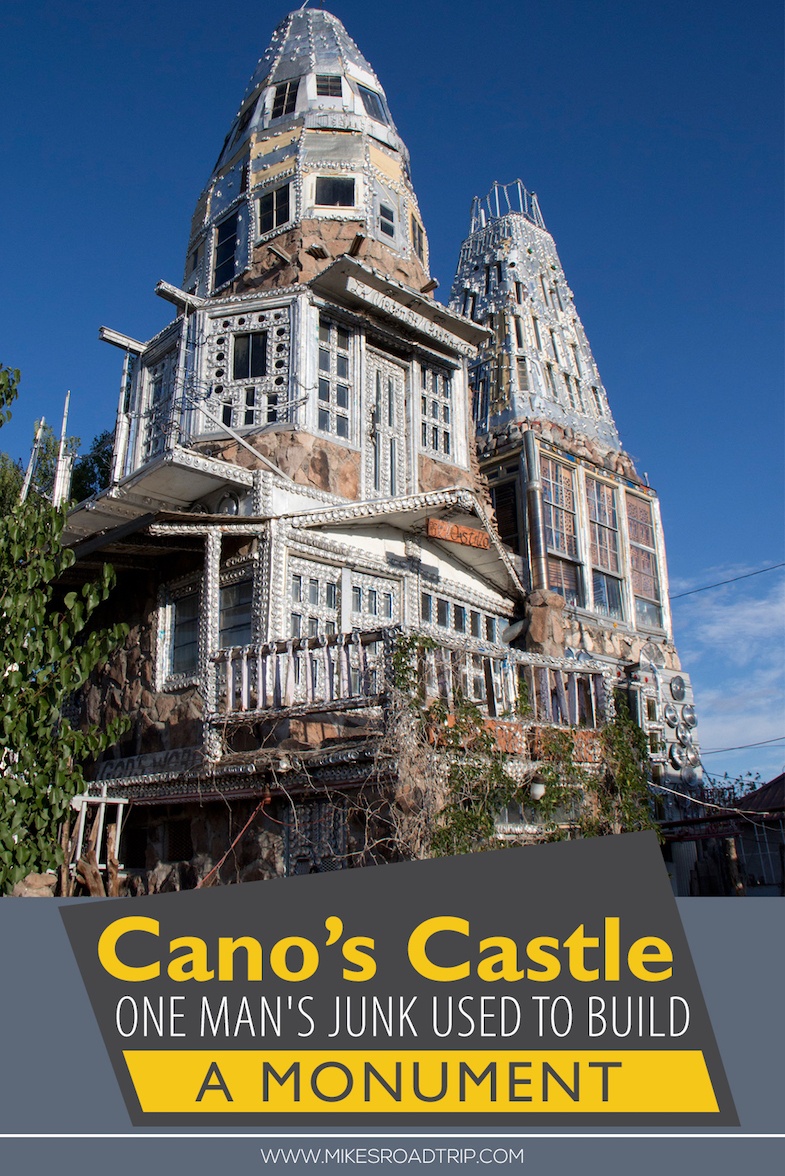
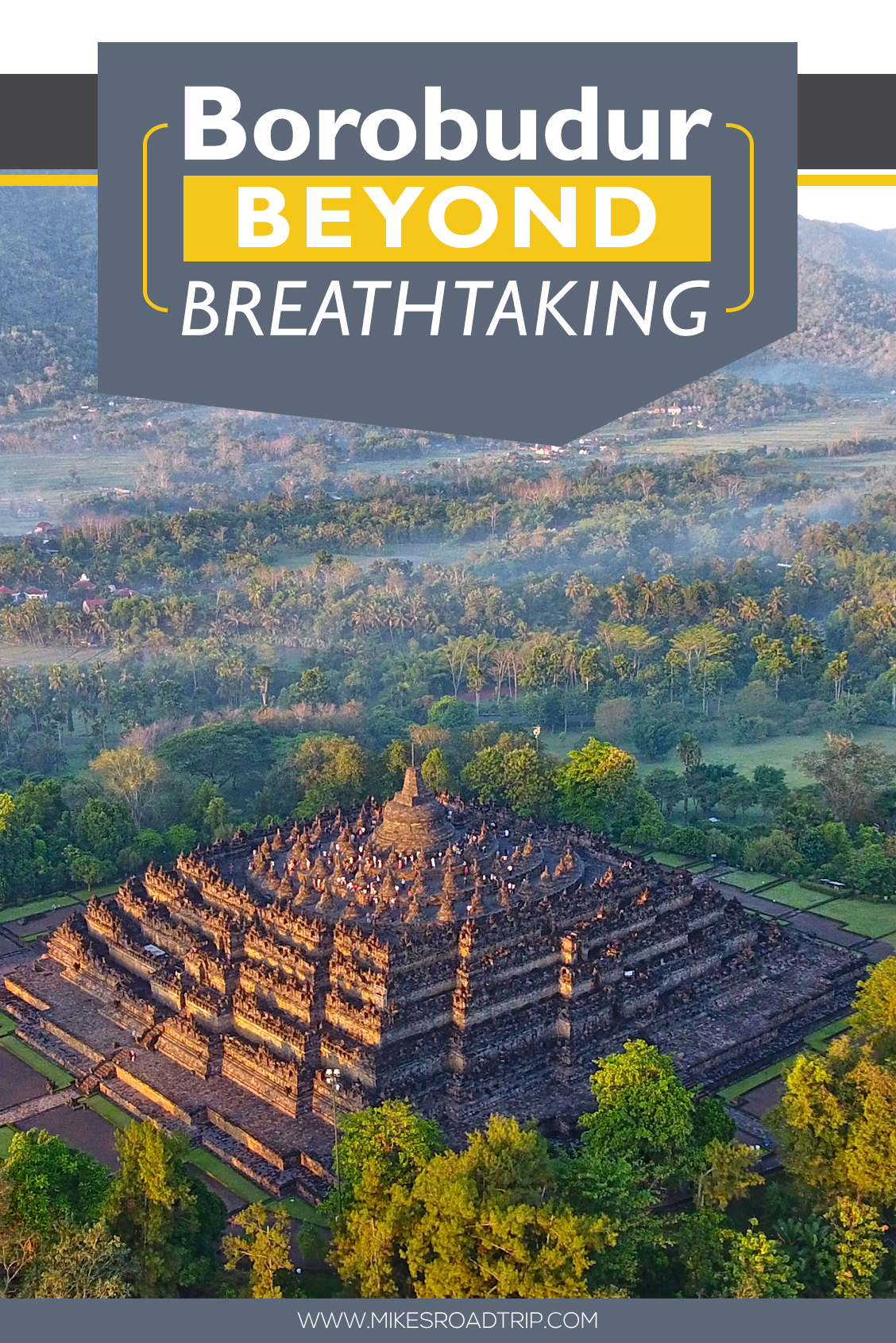
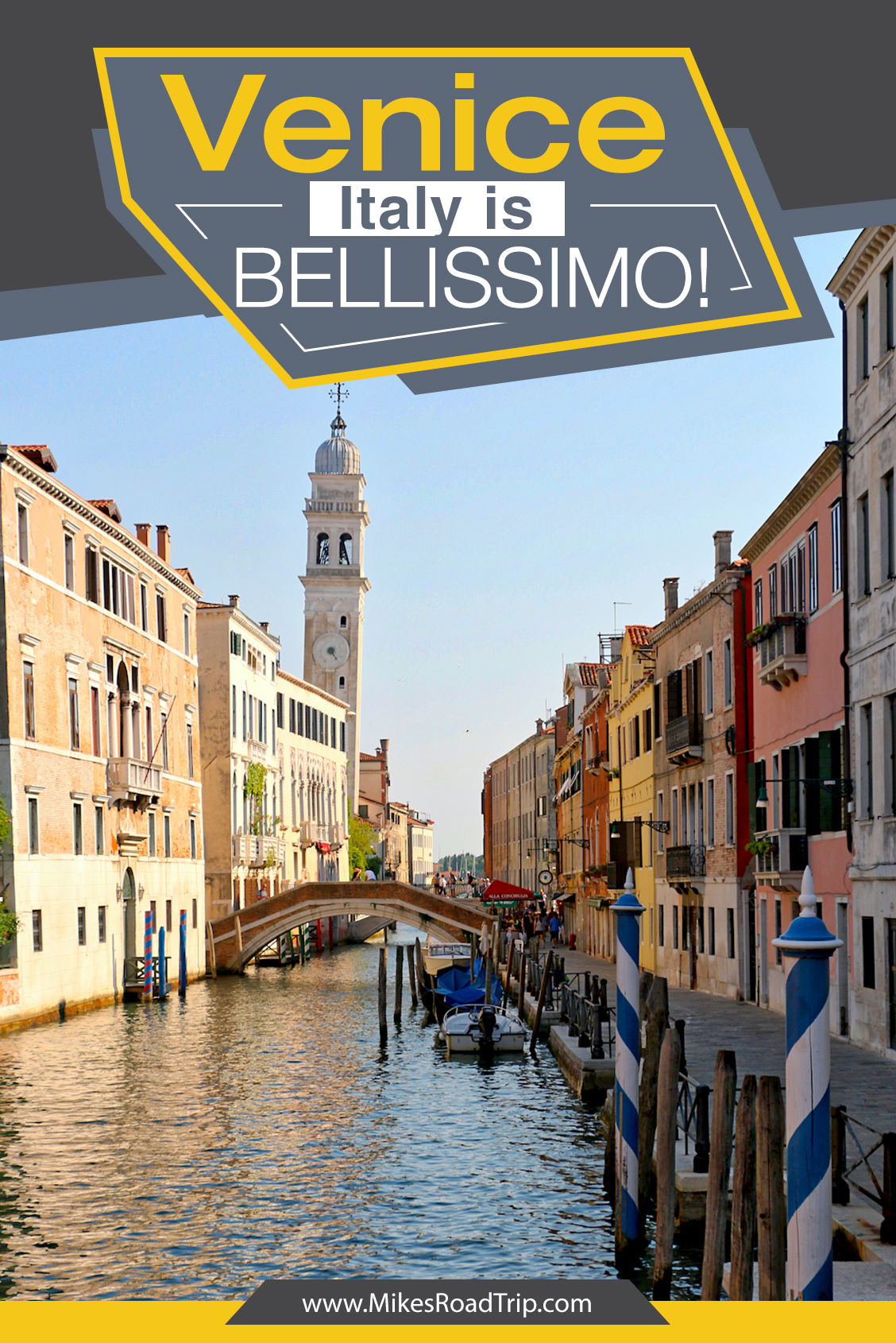

2 Comments